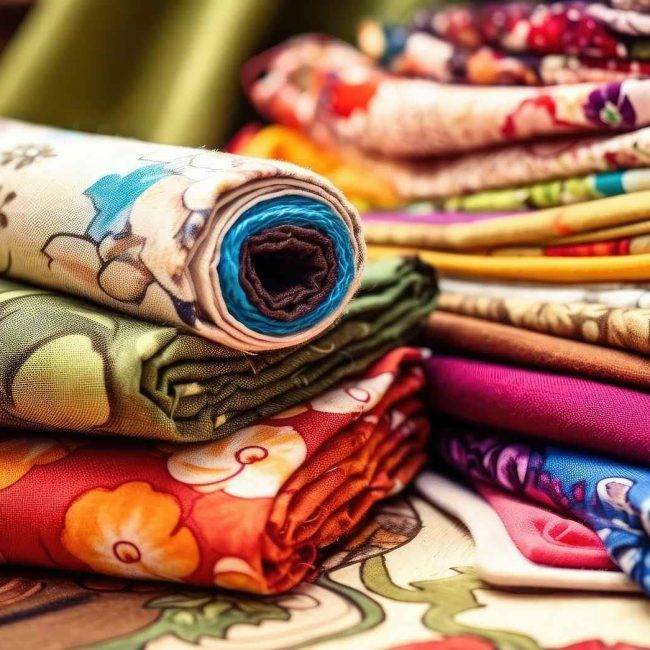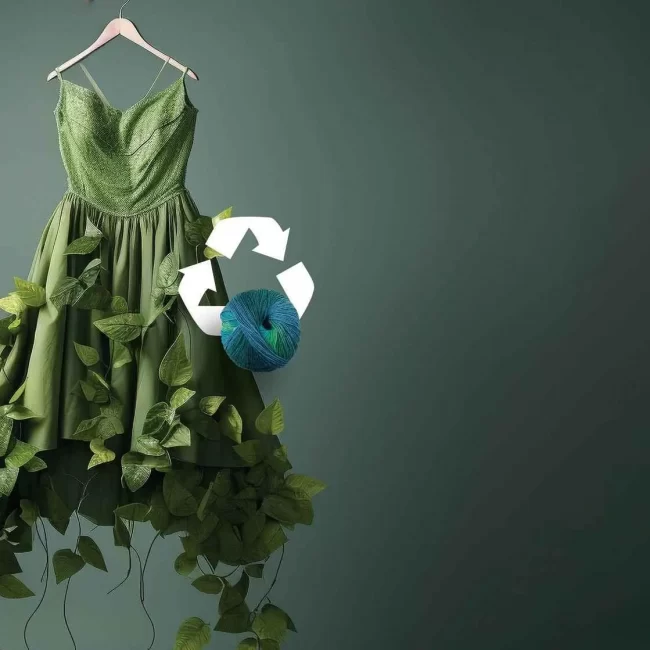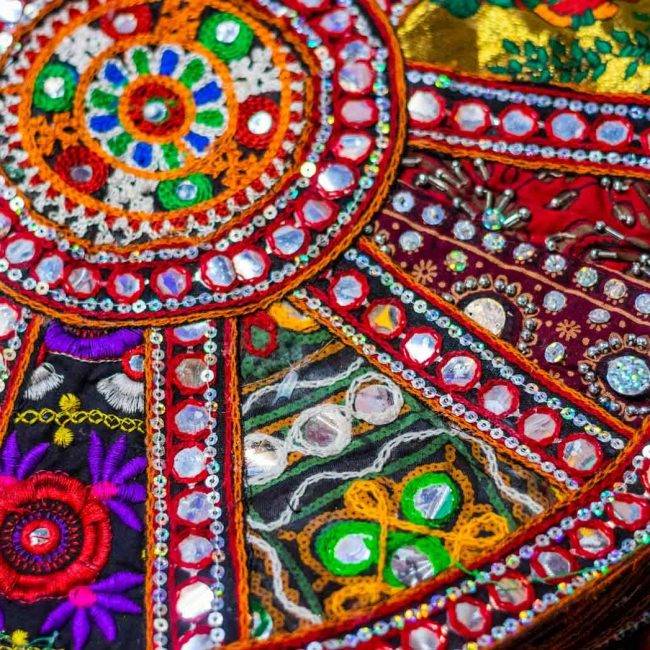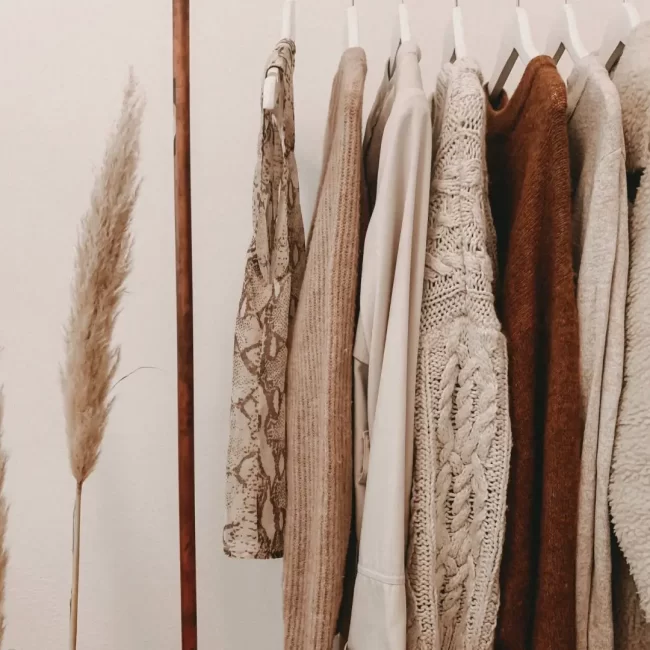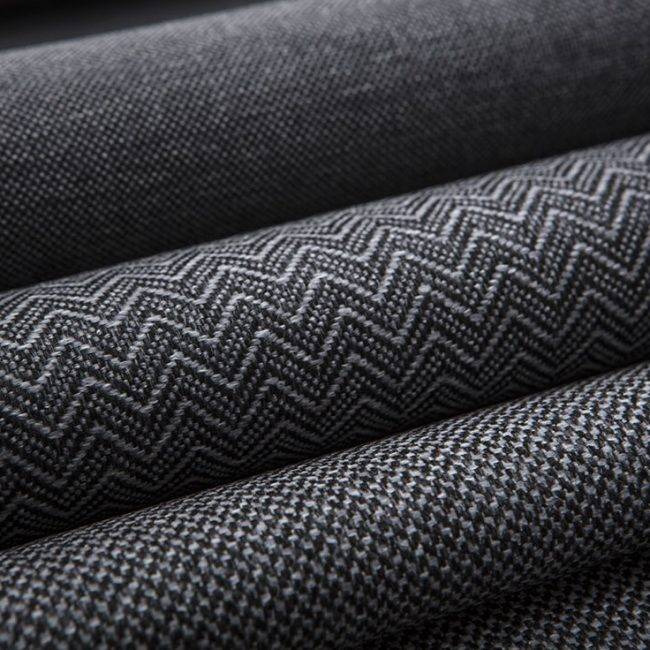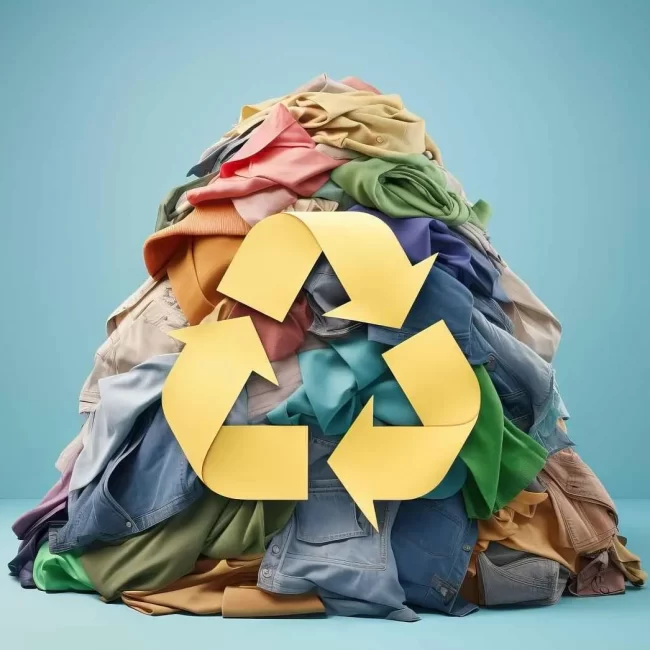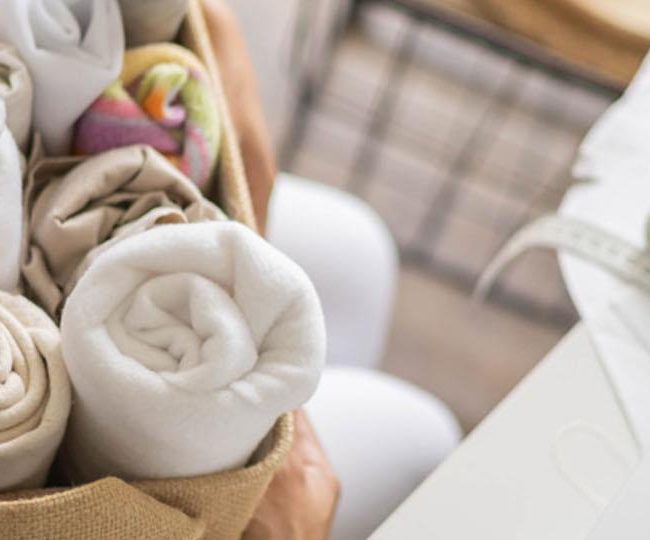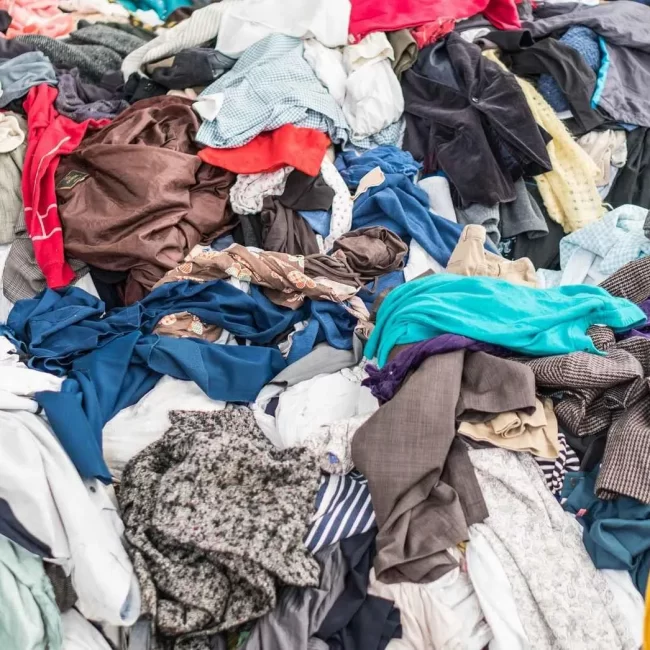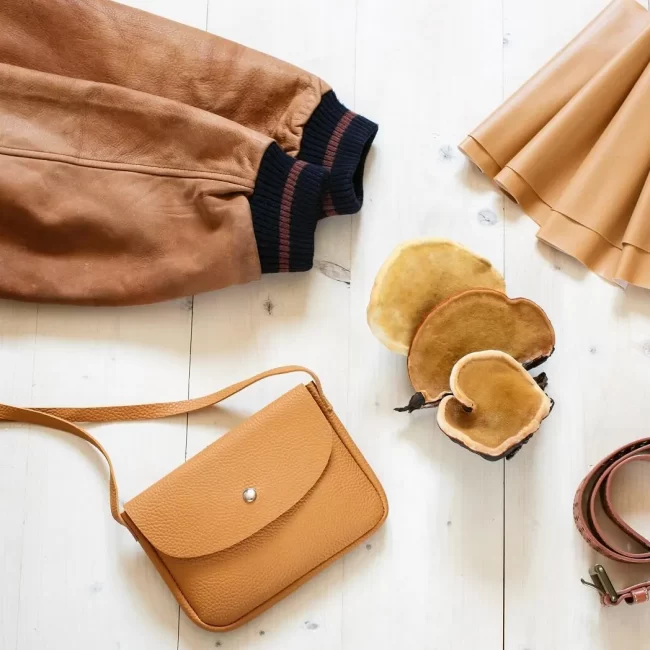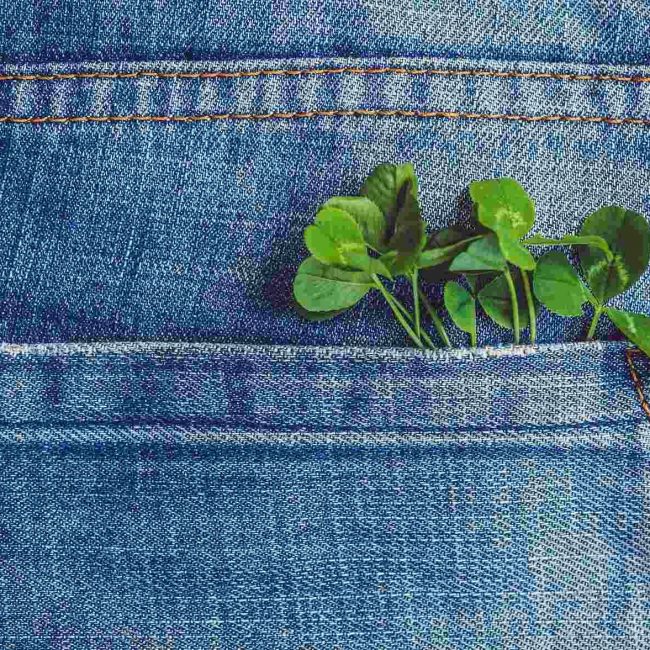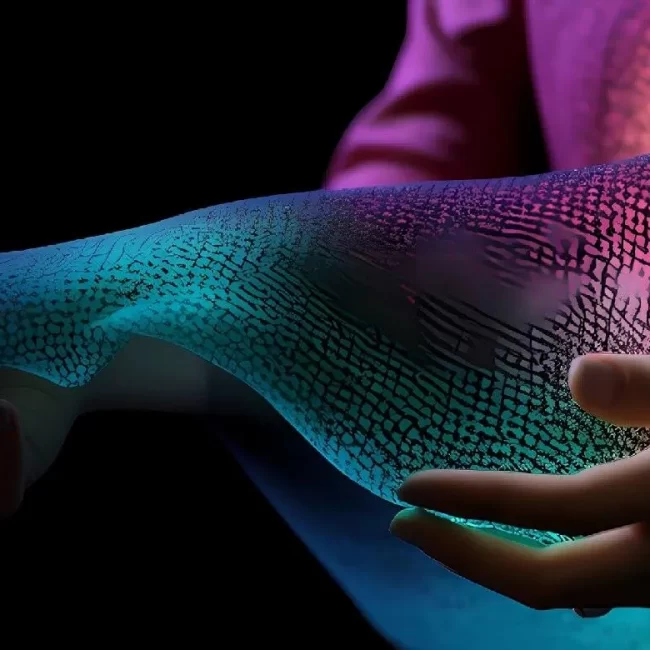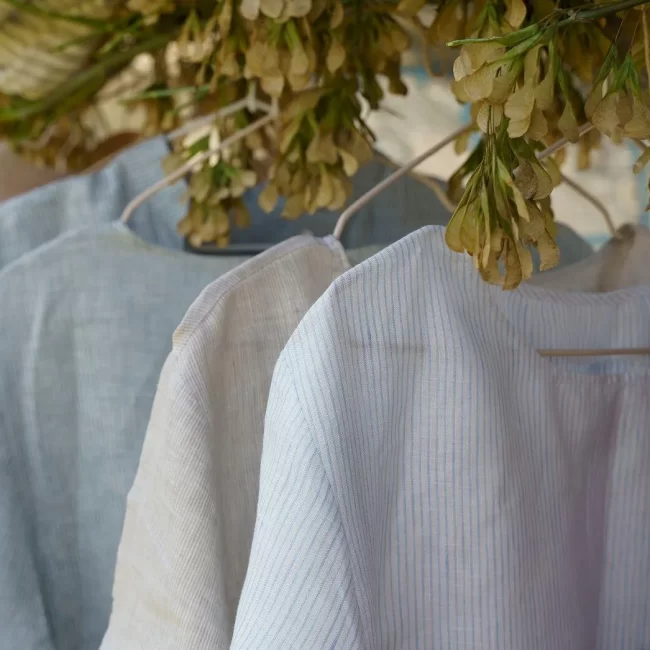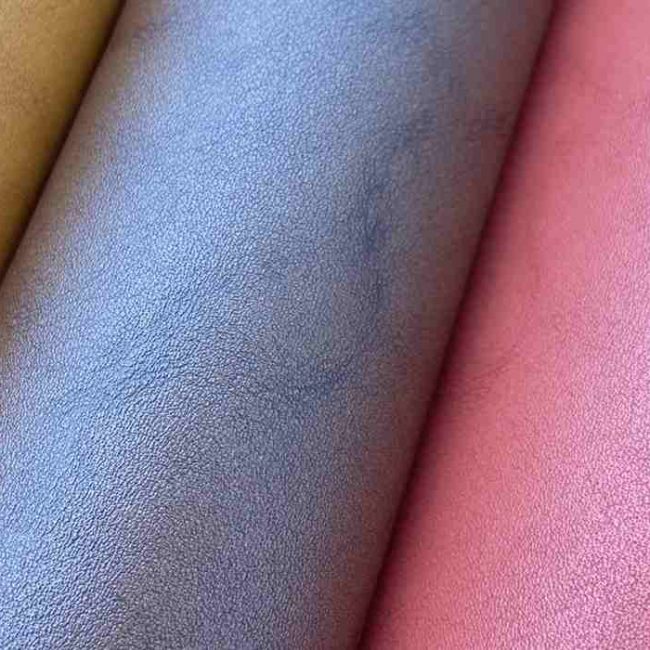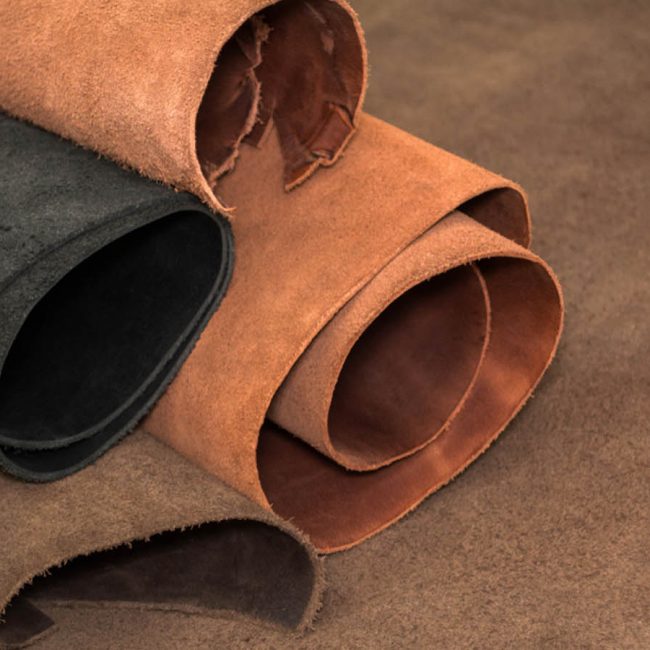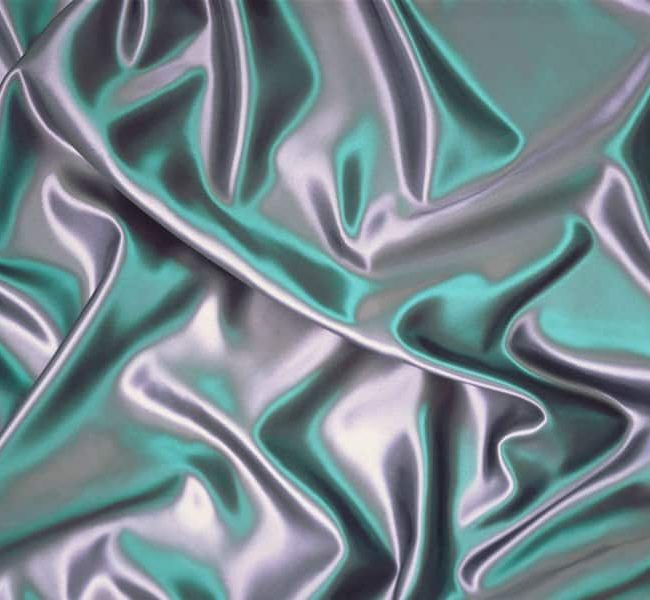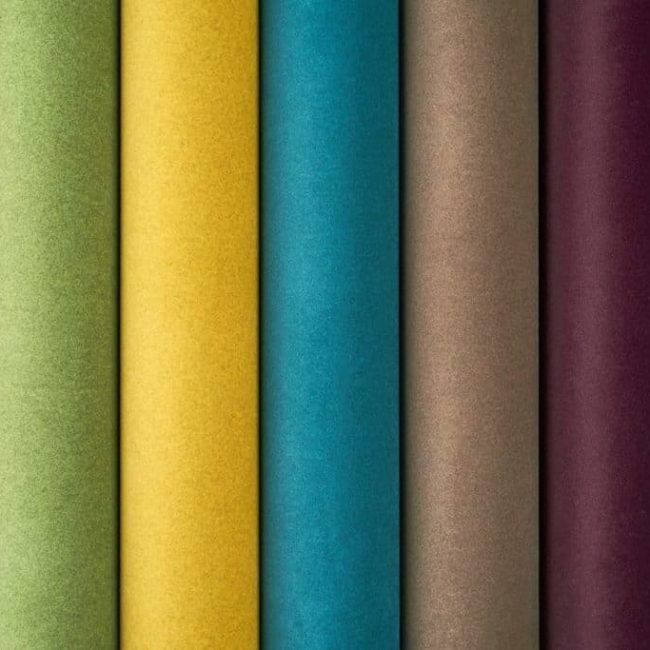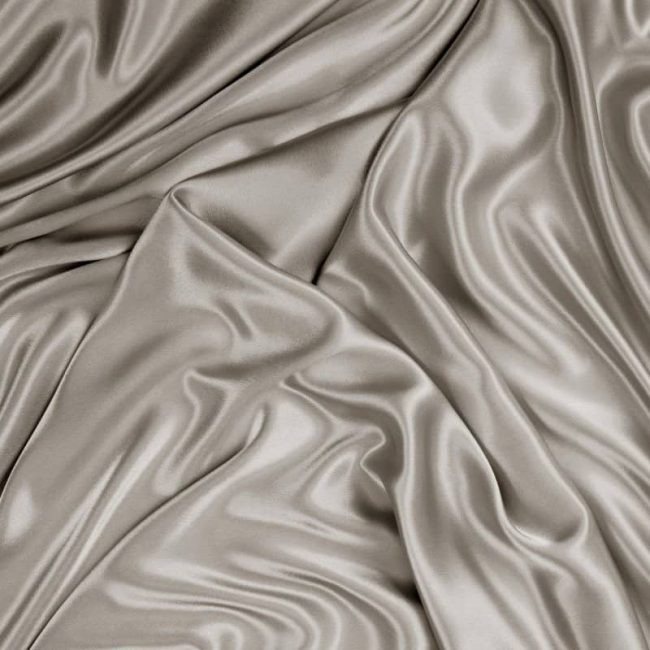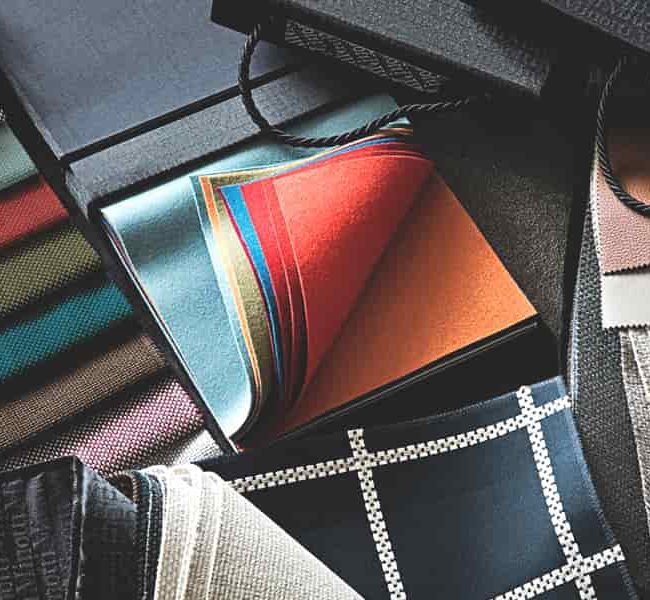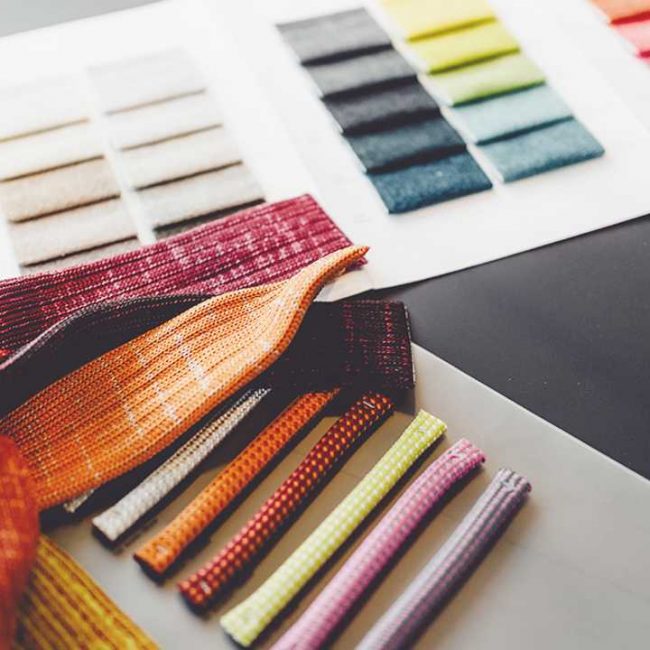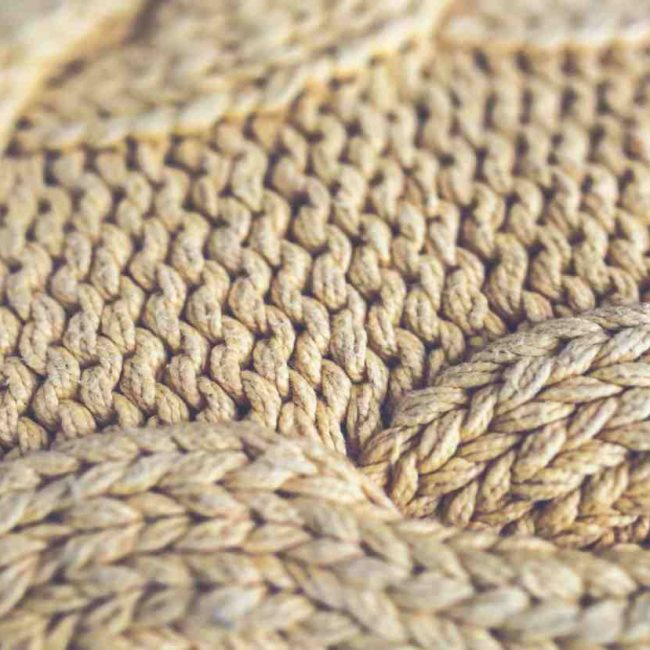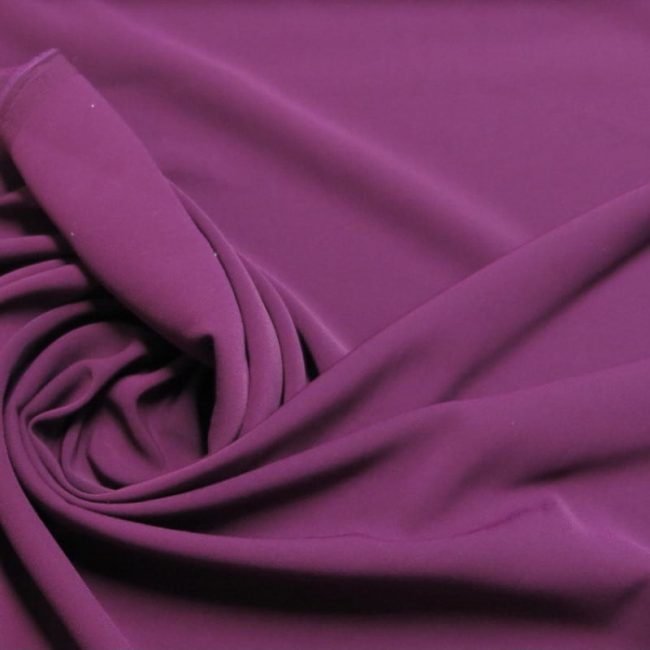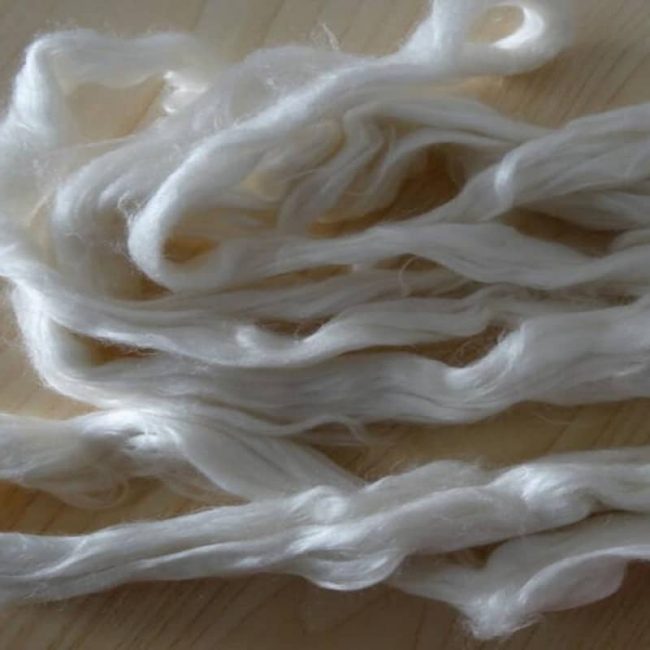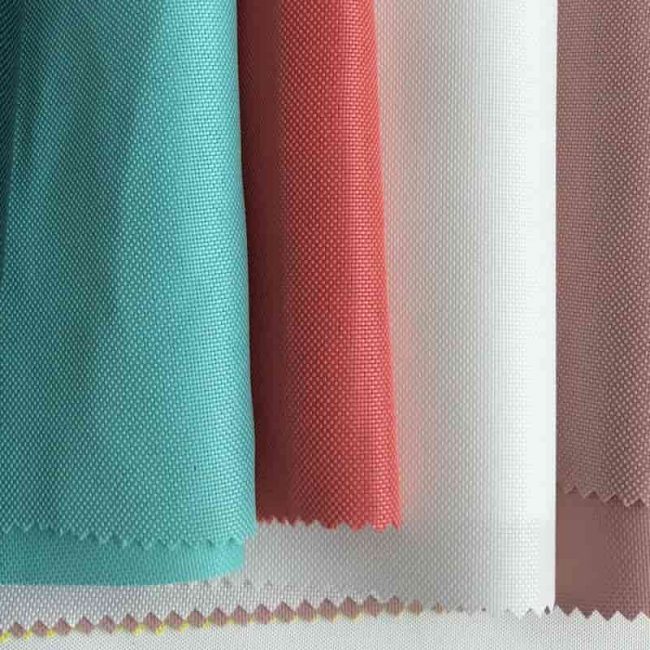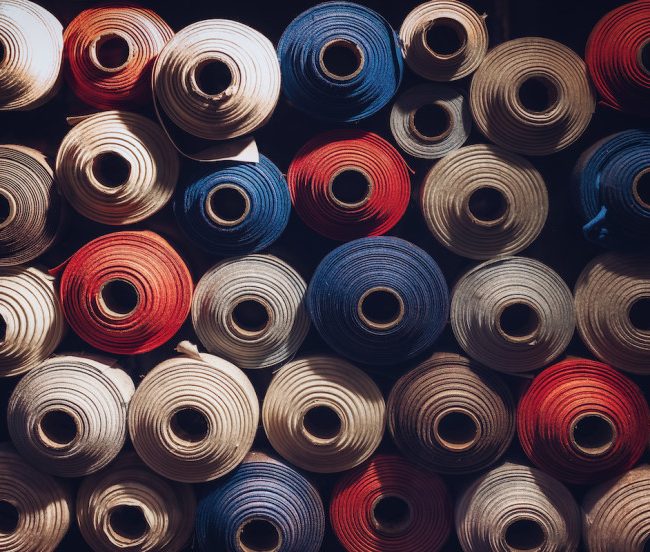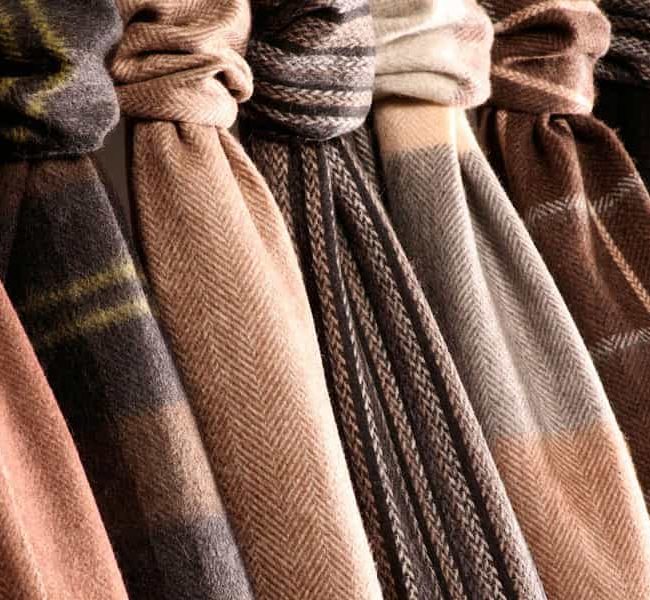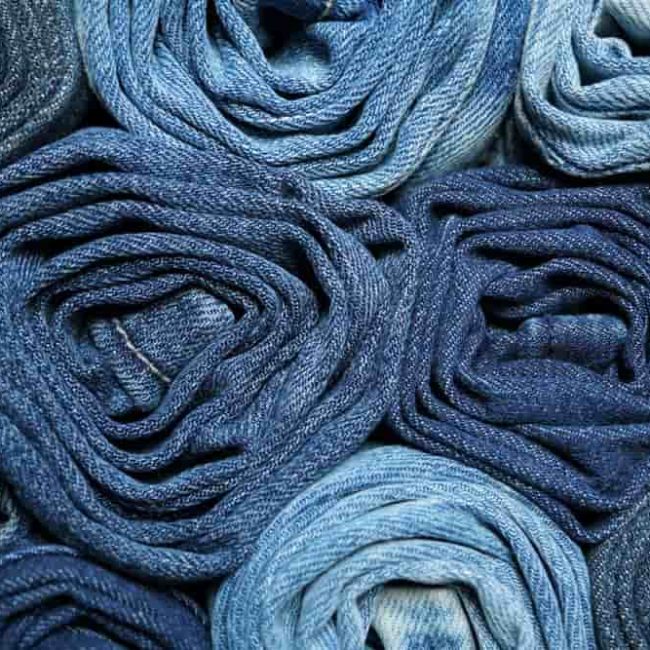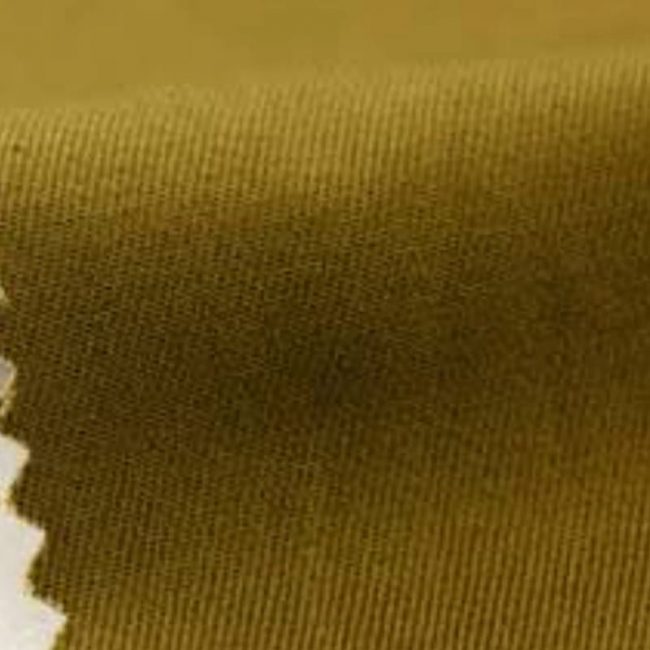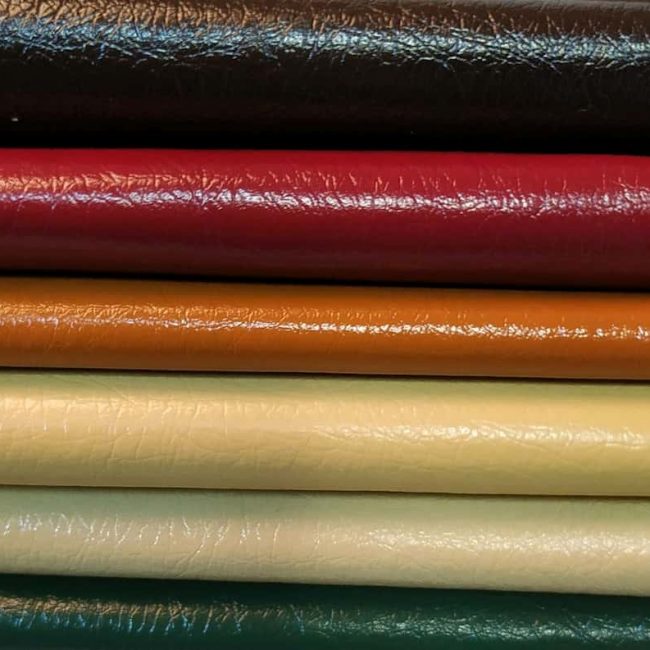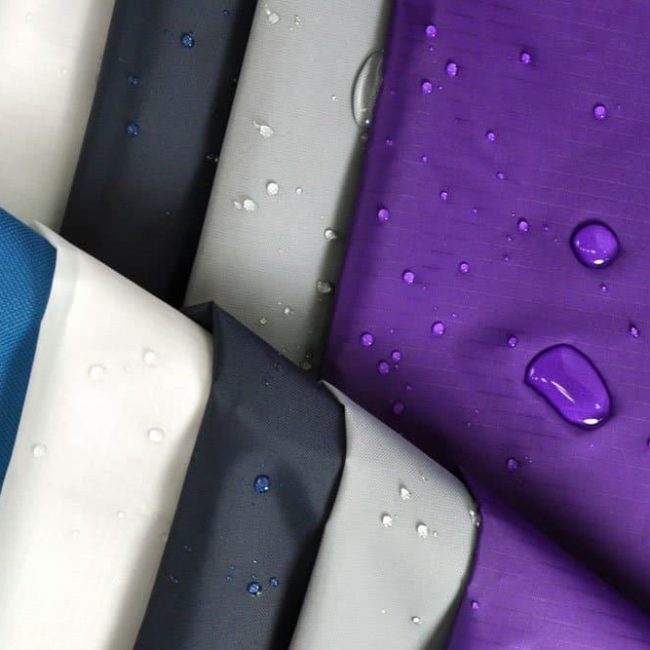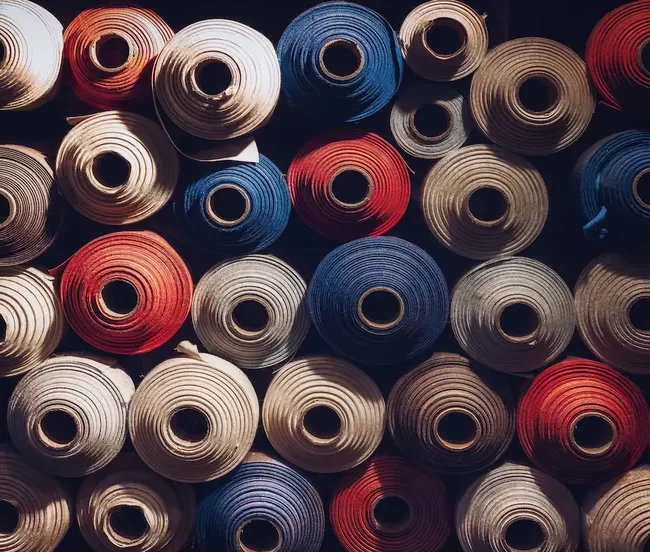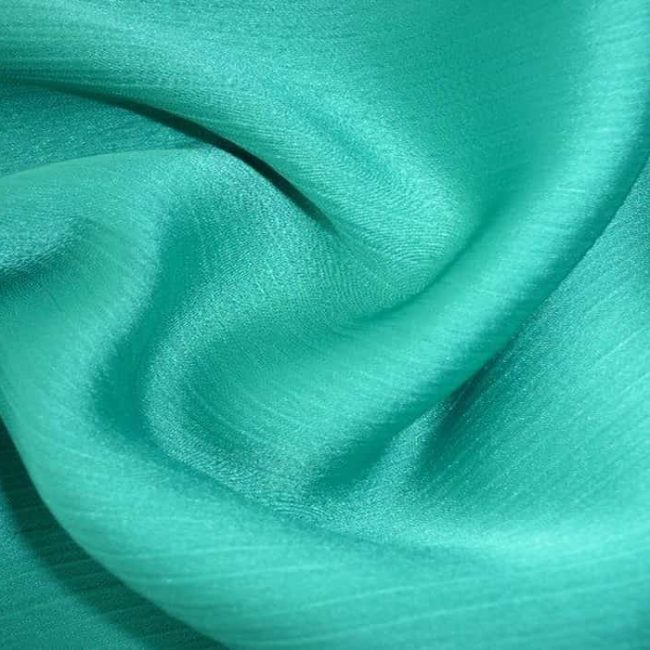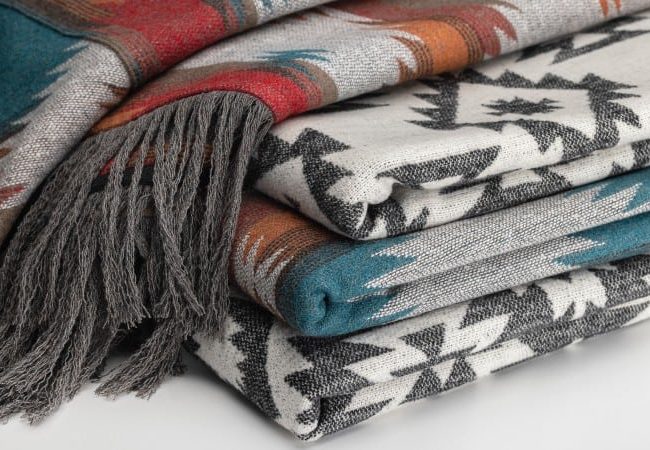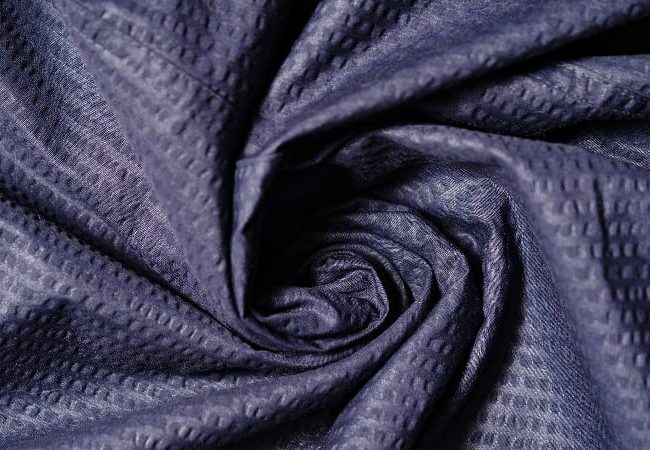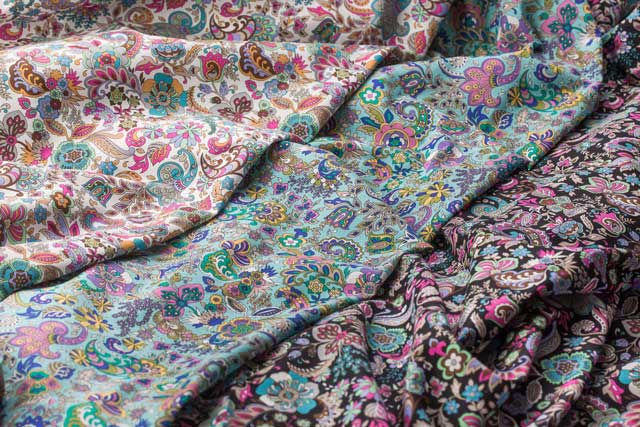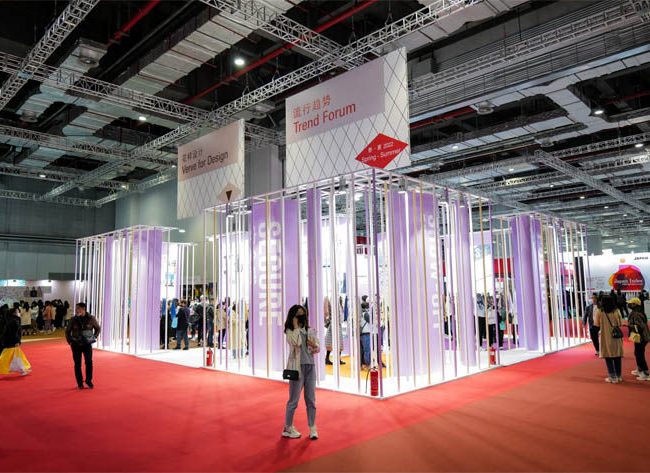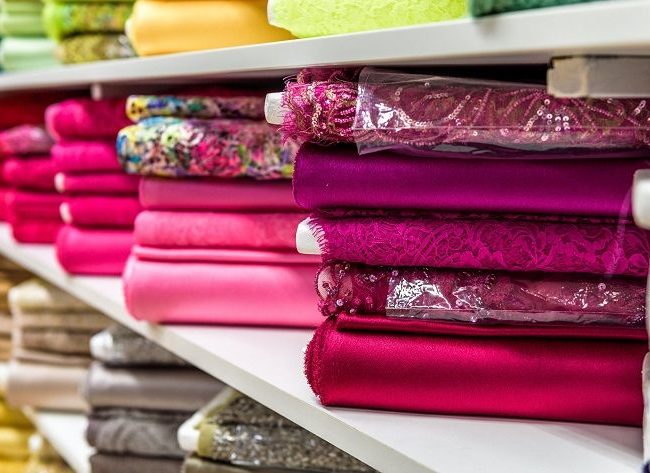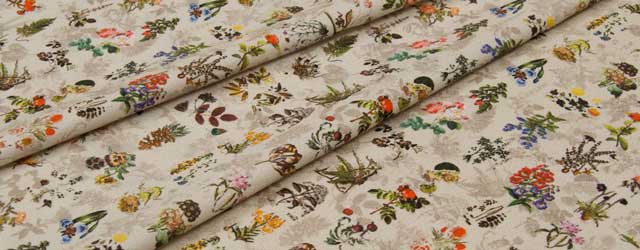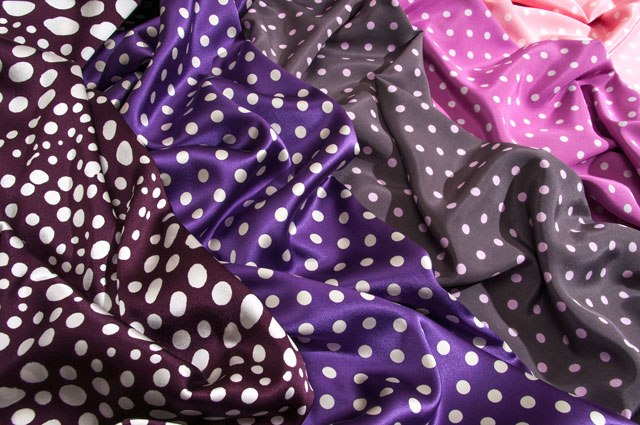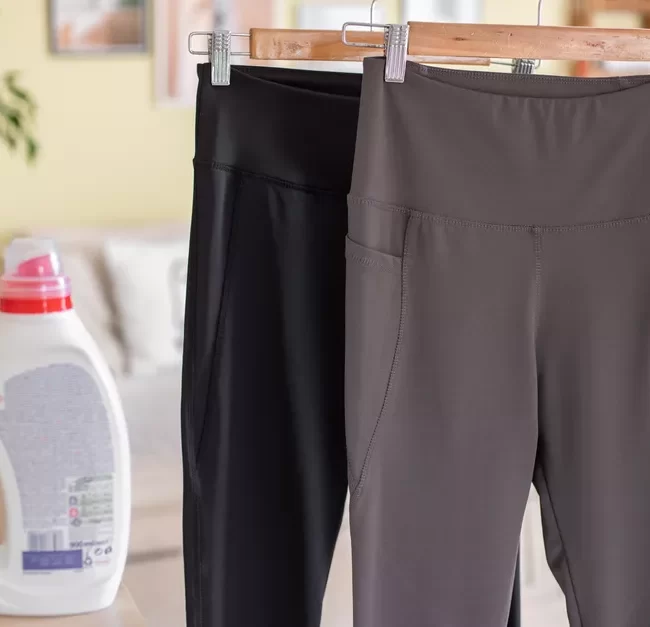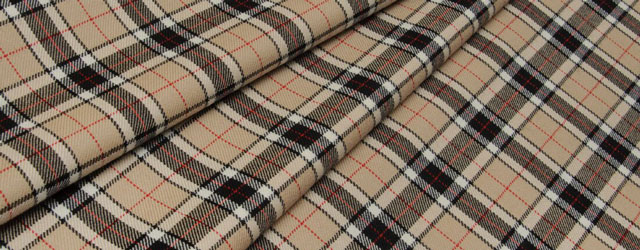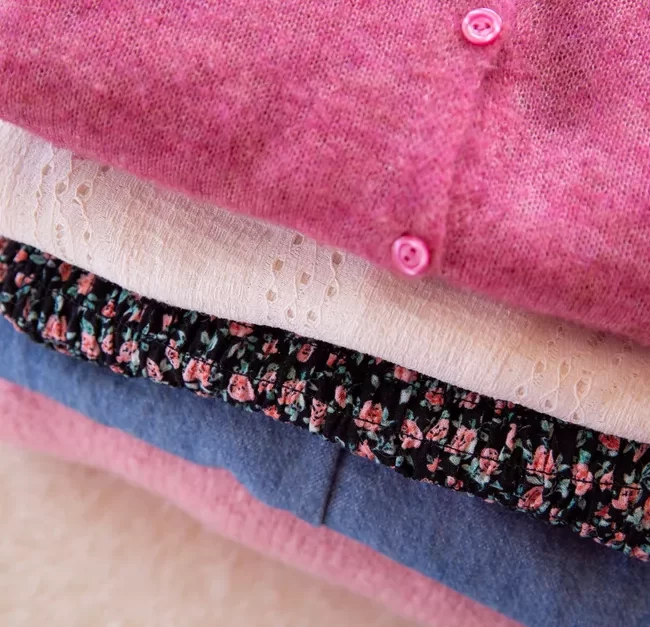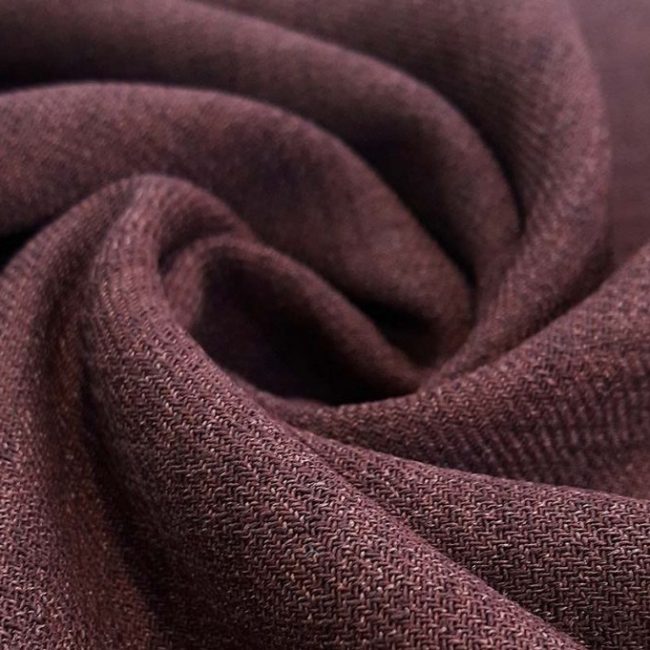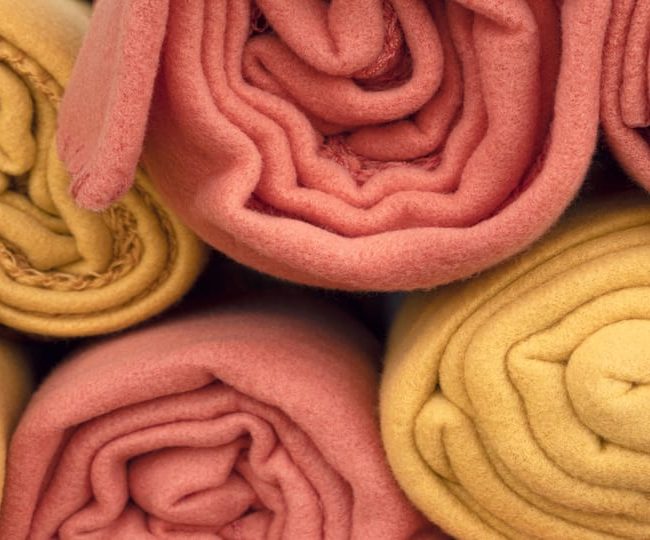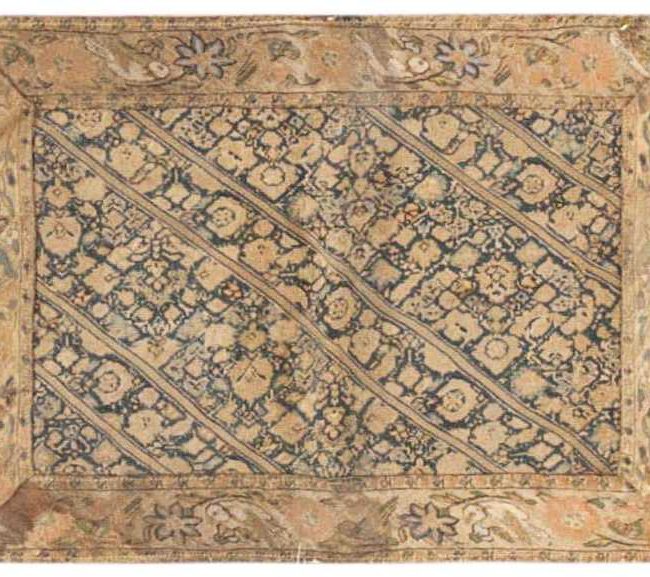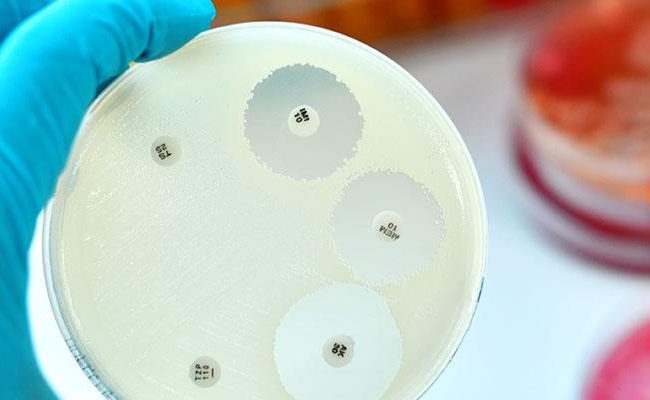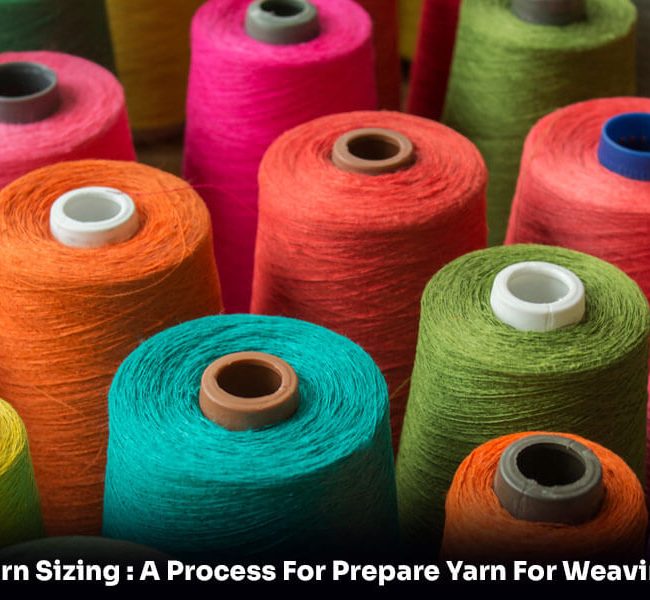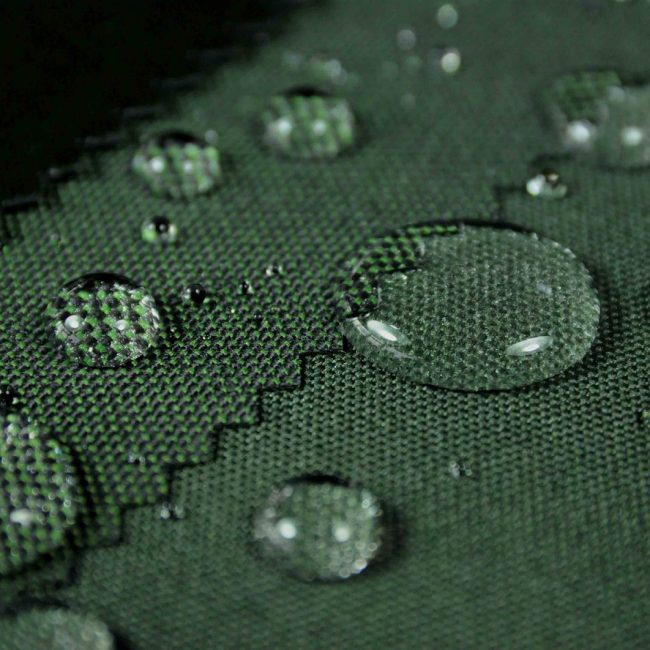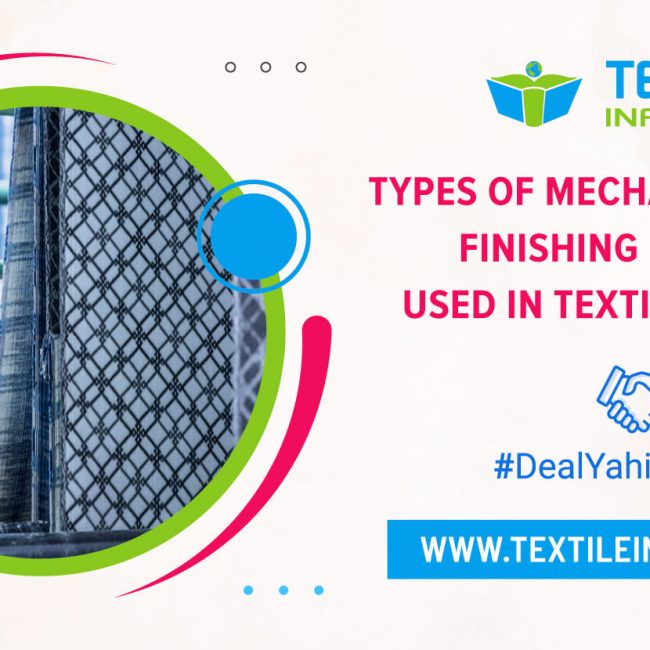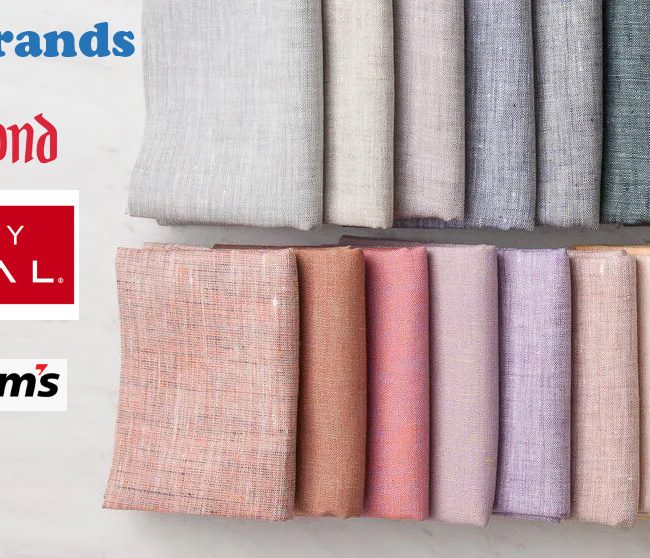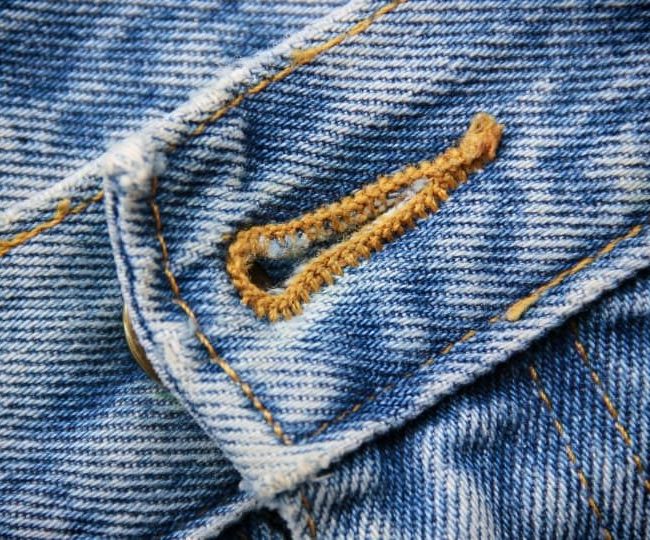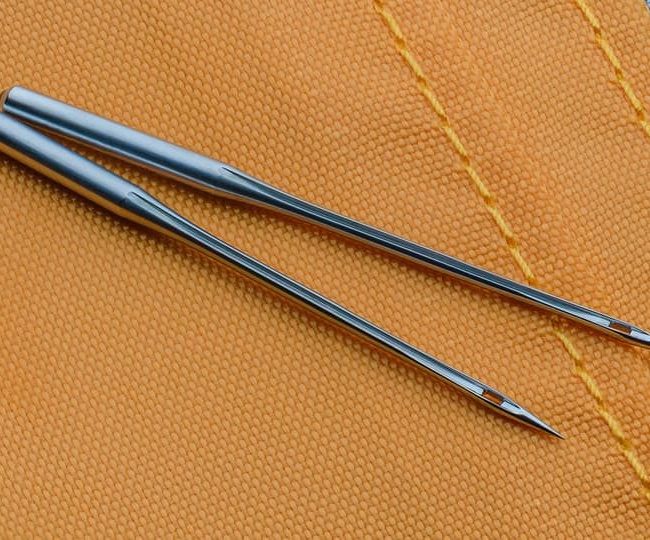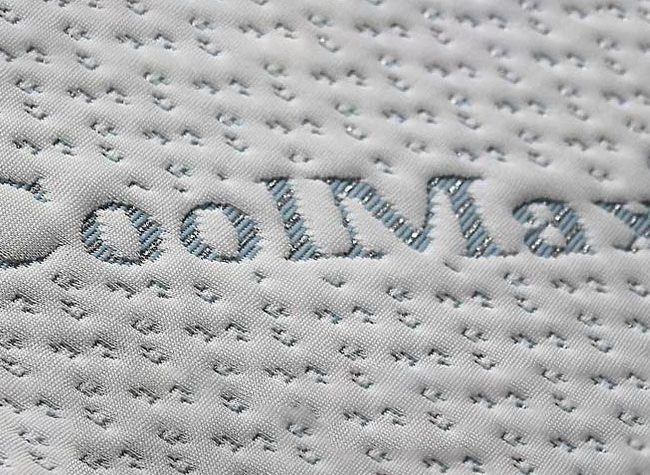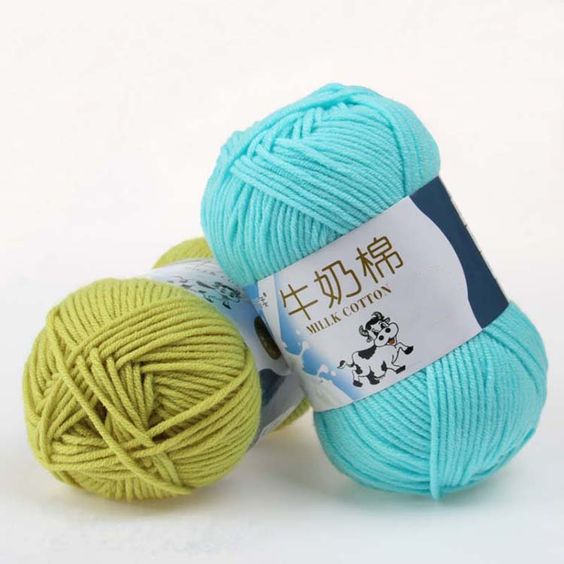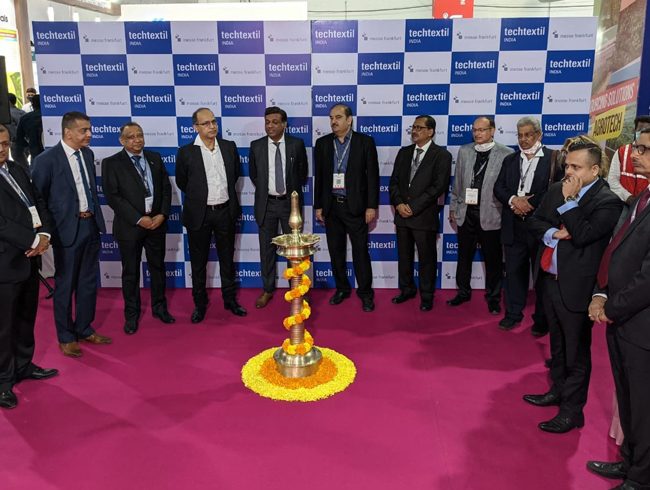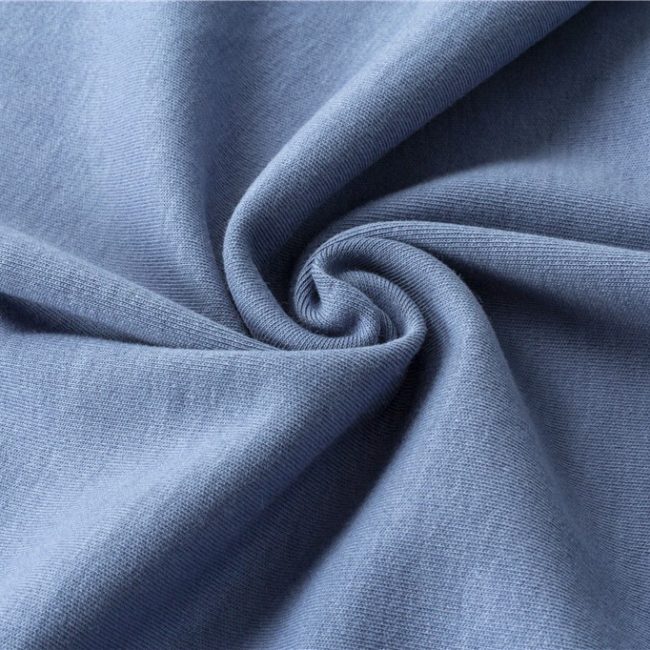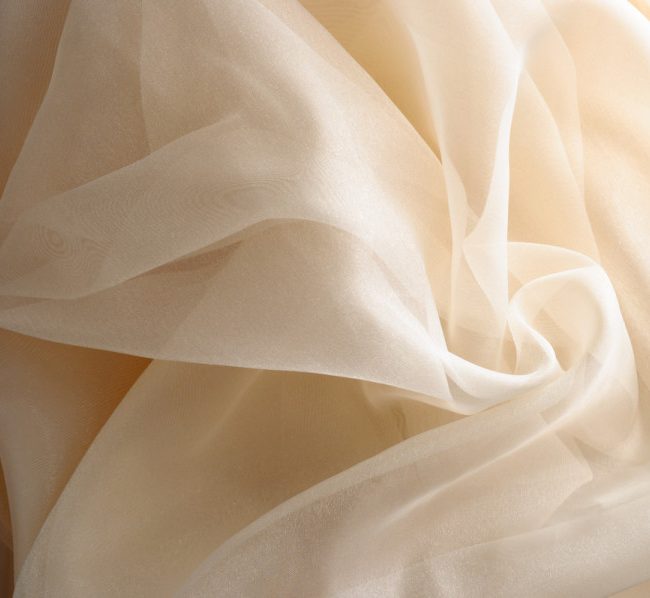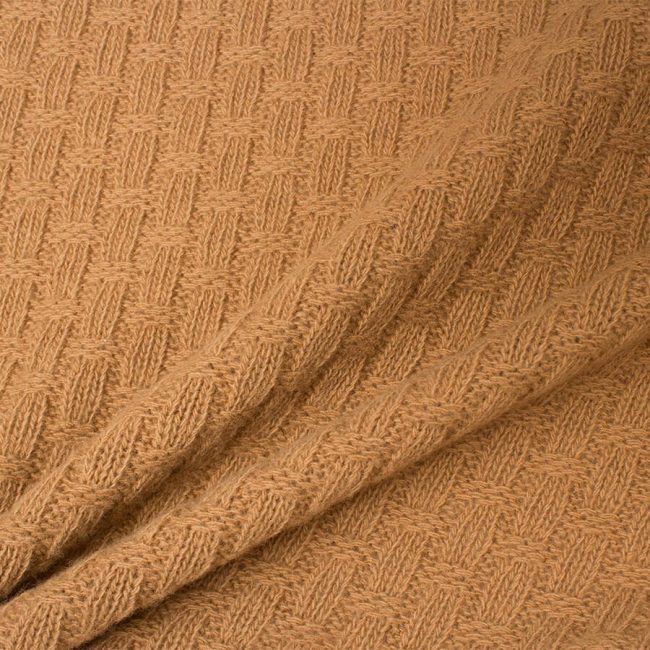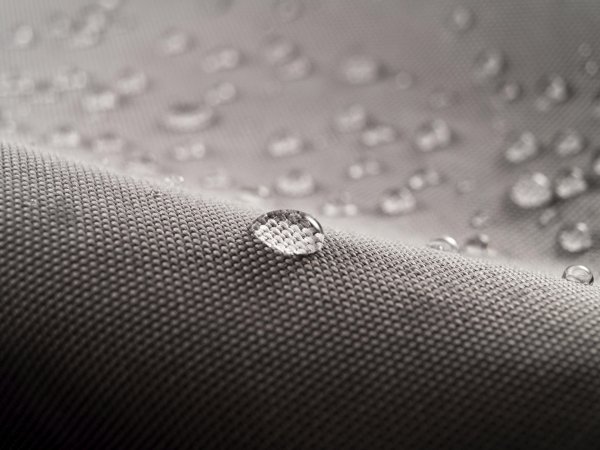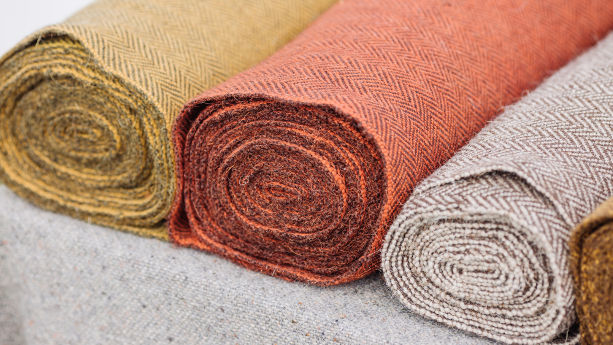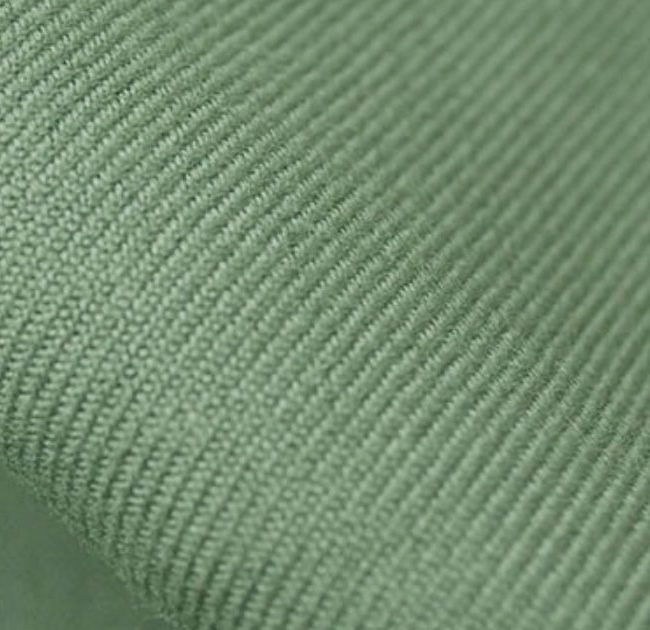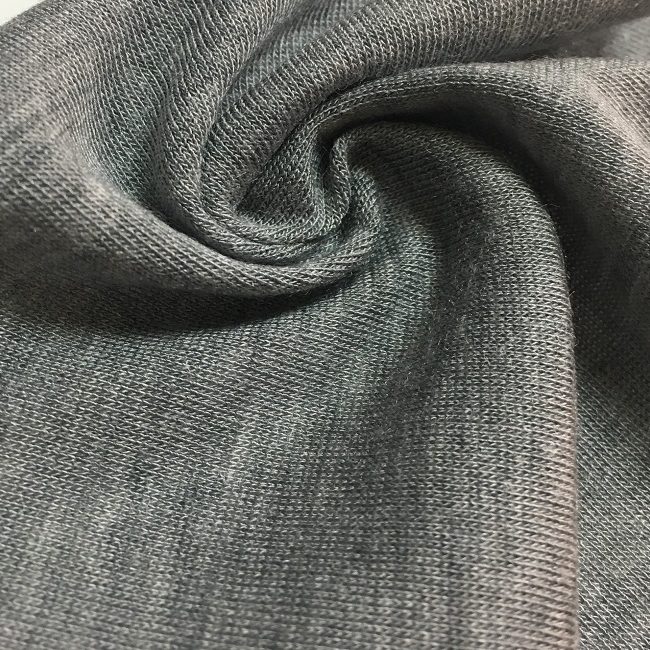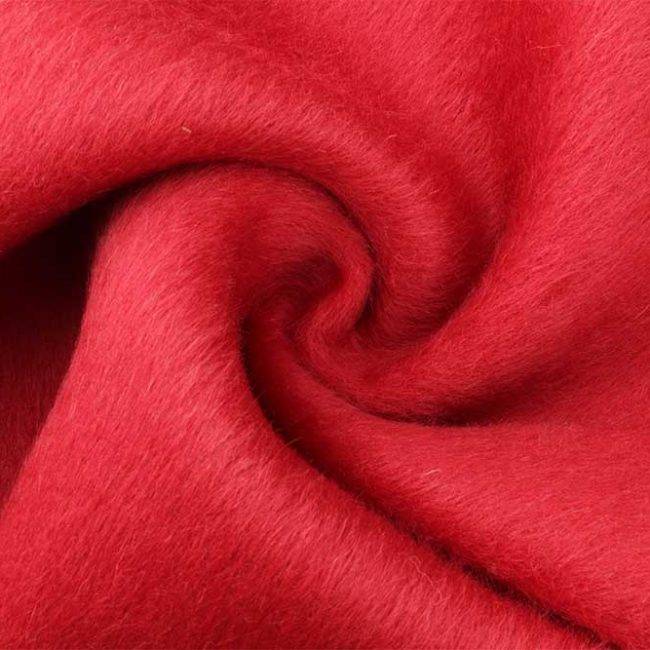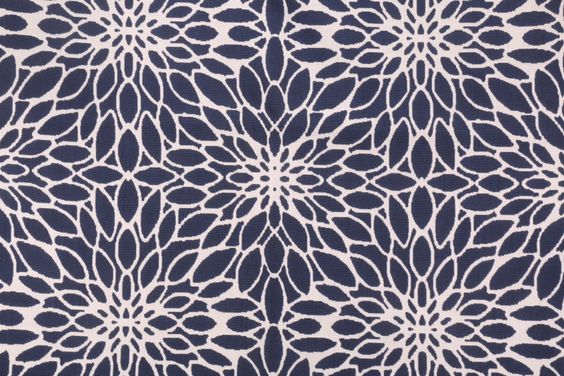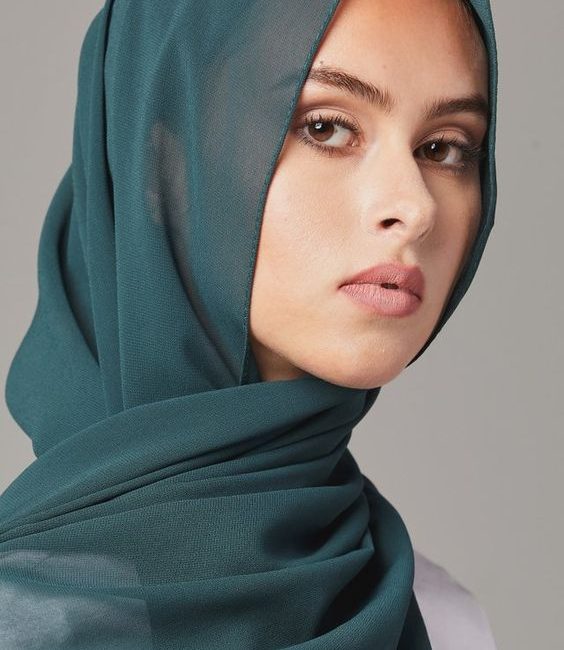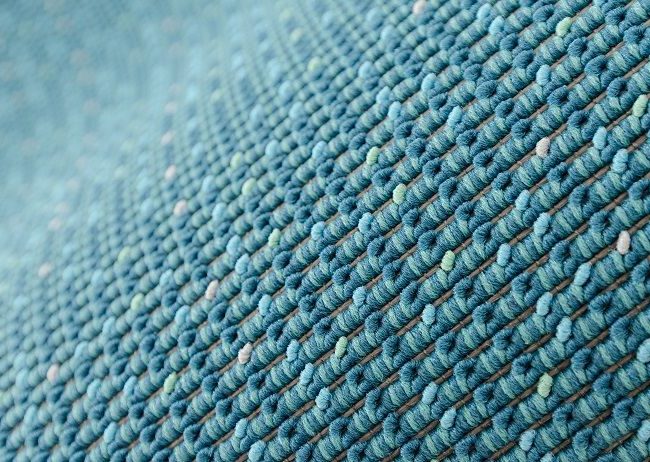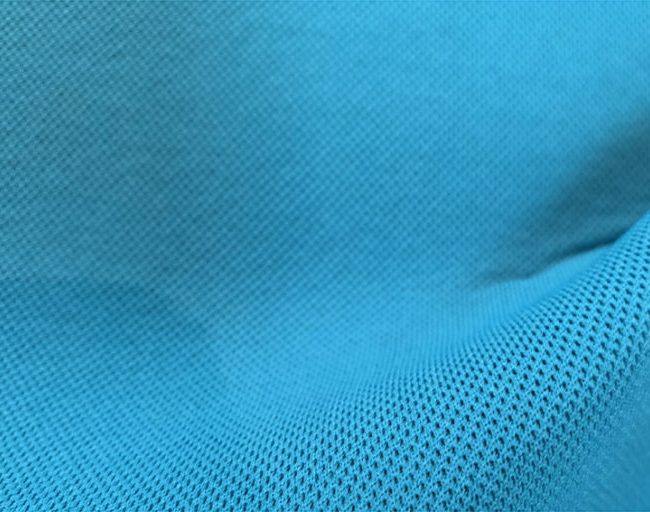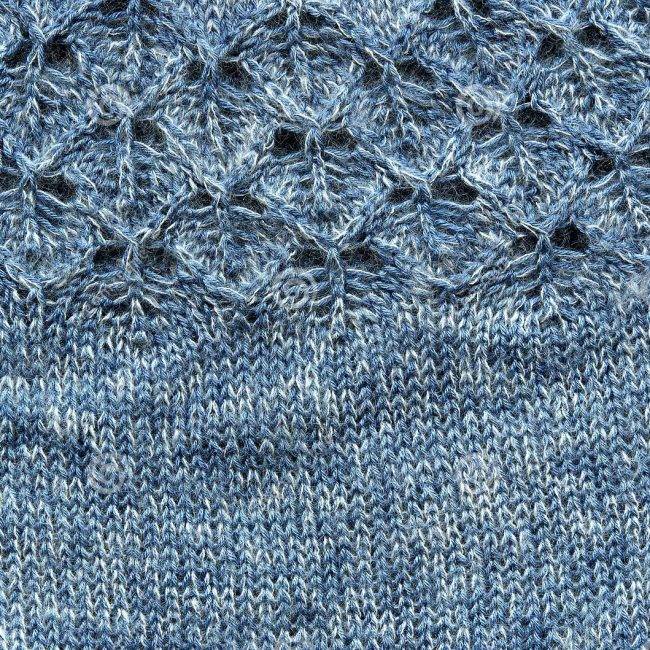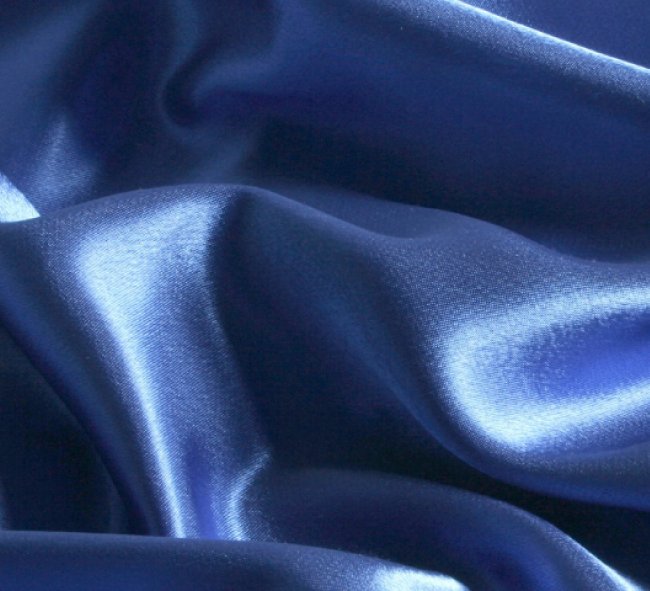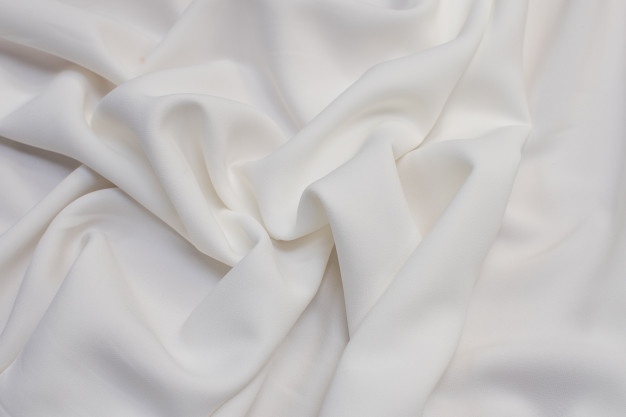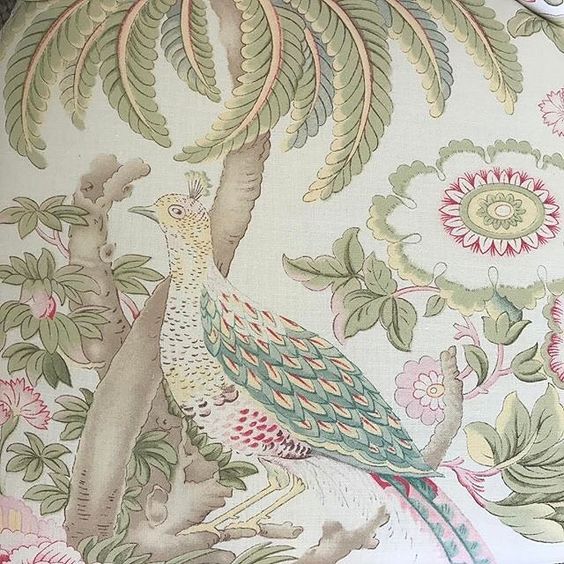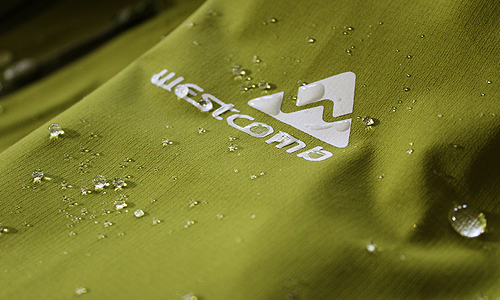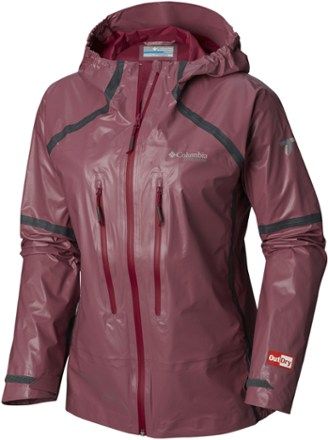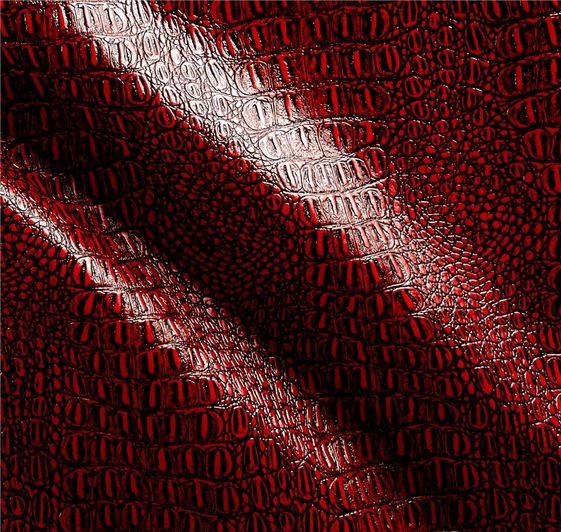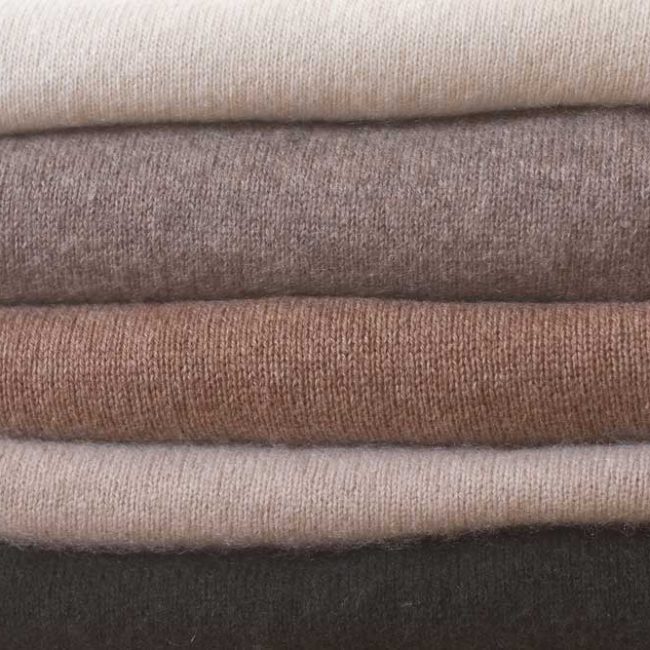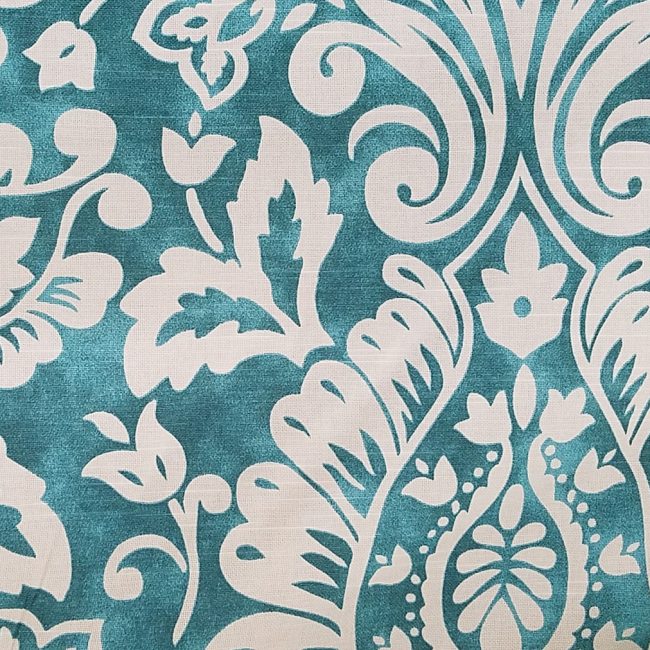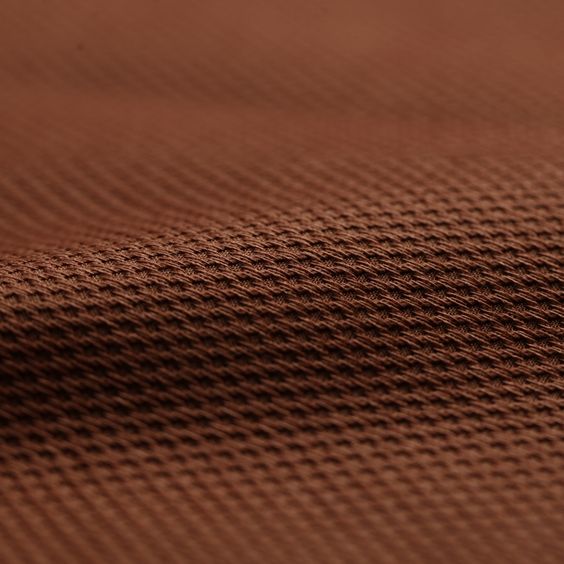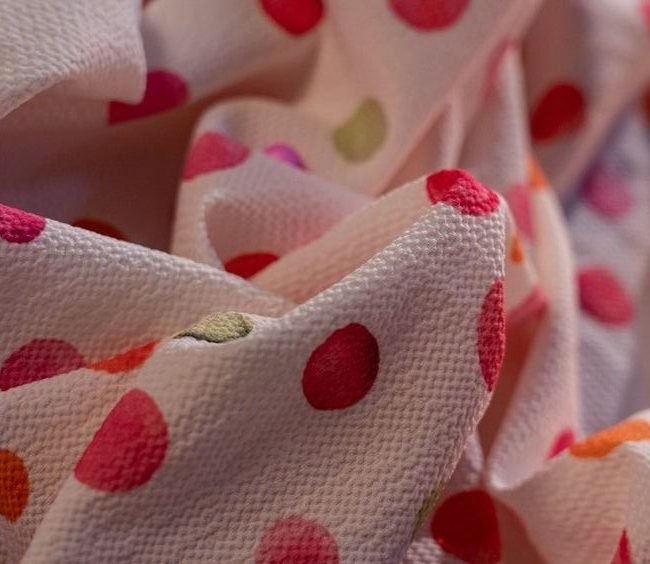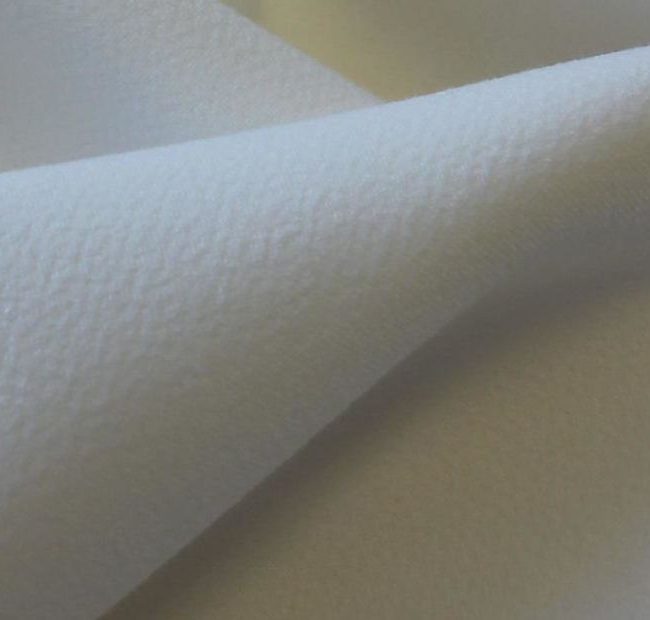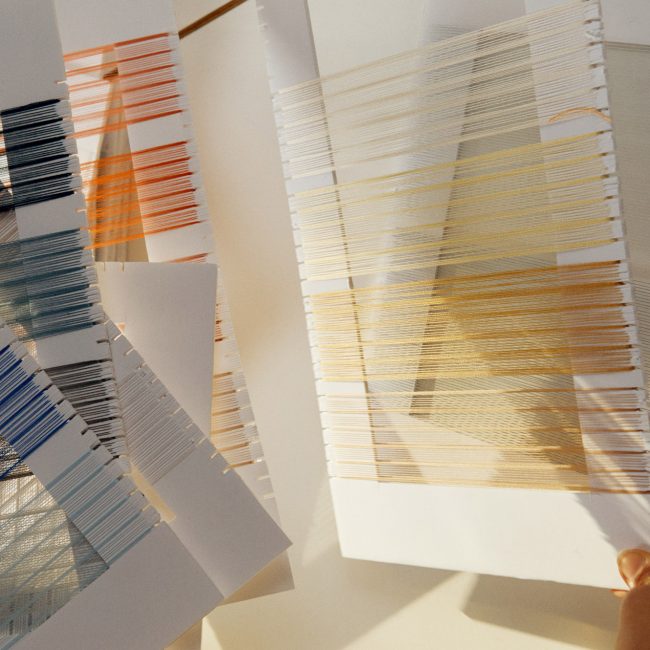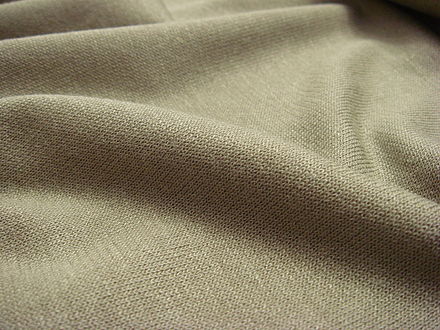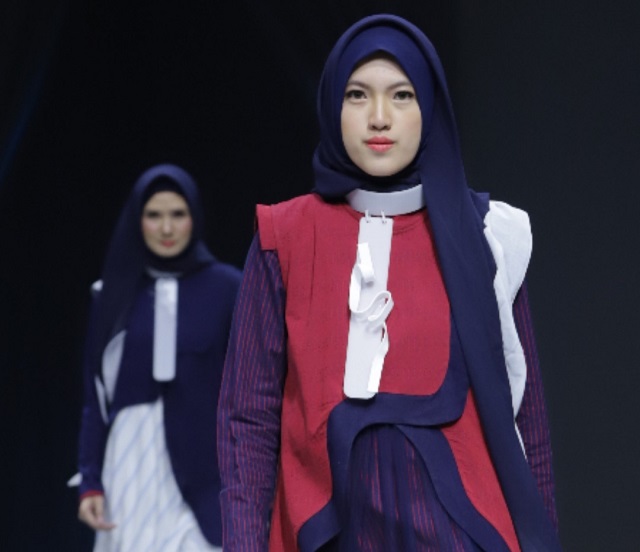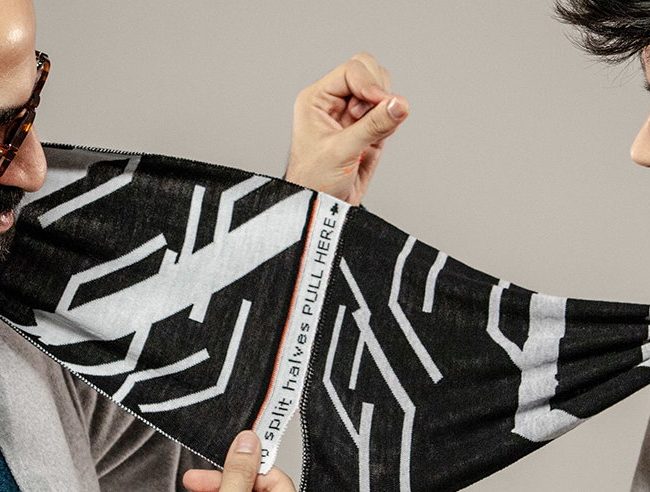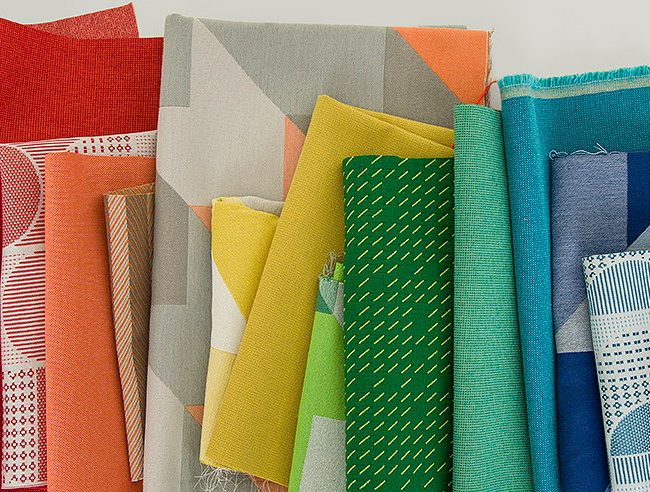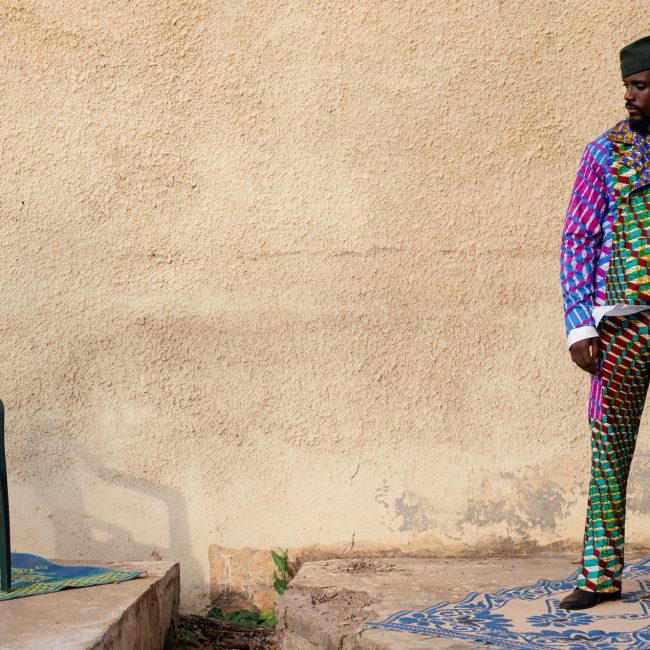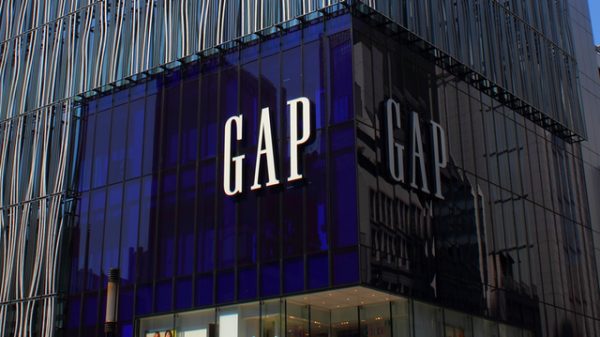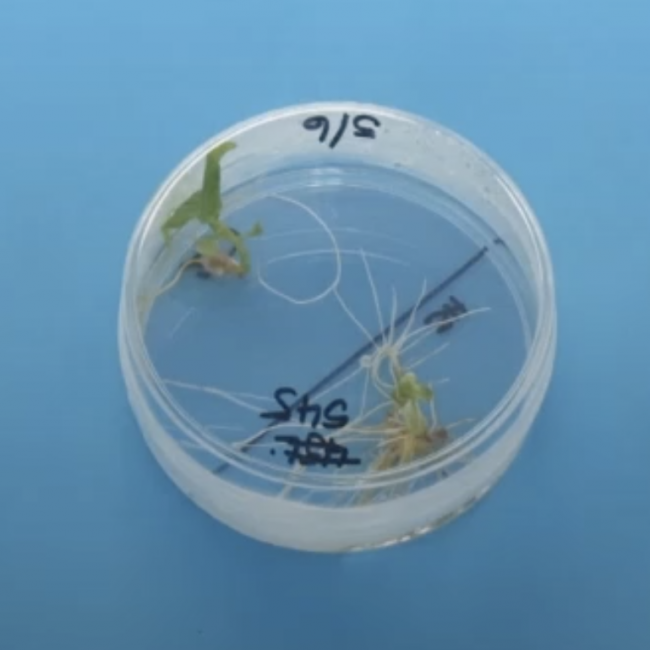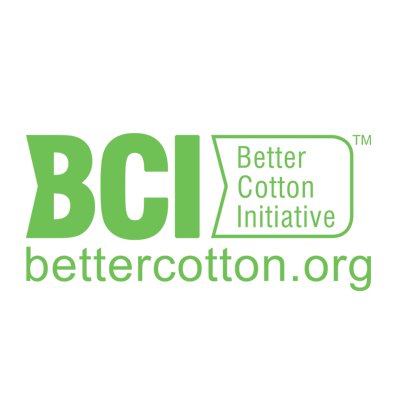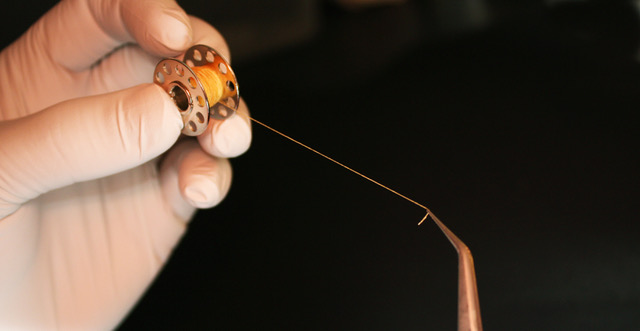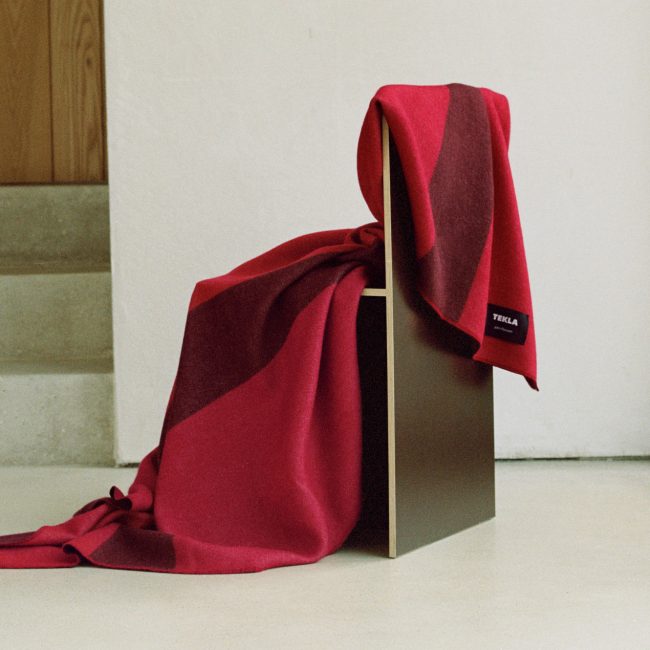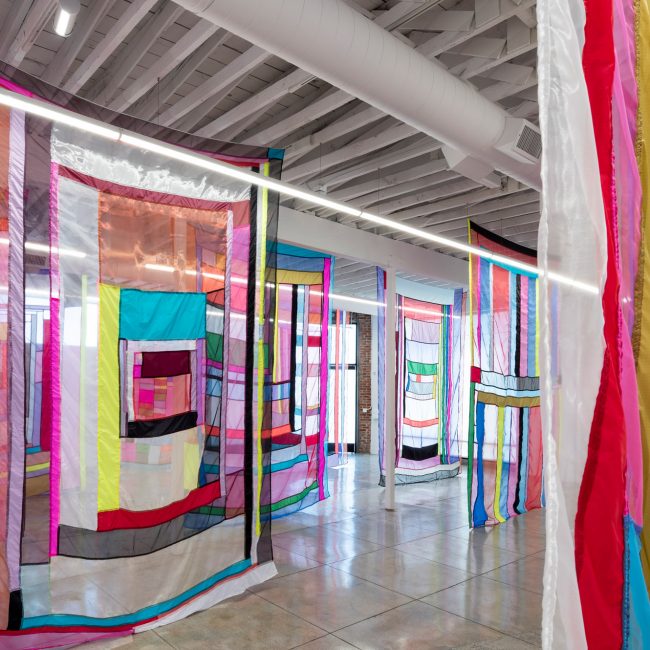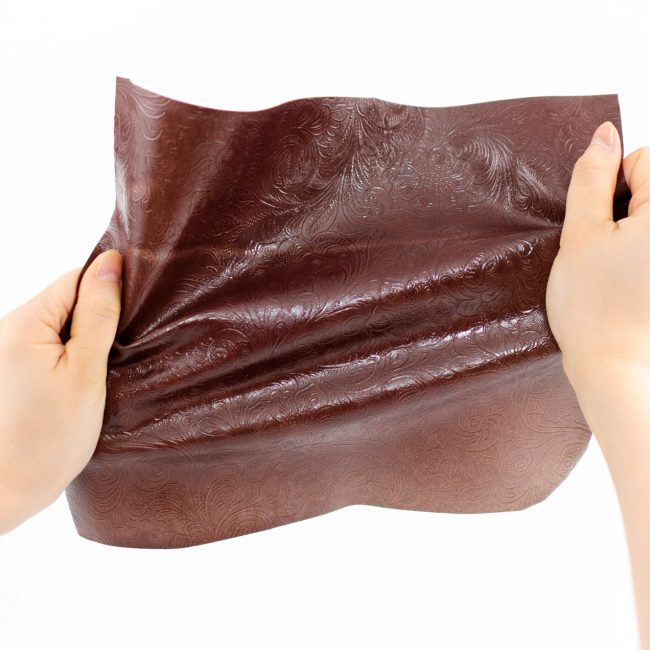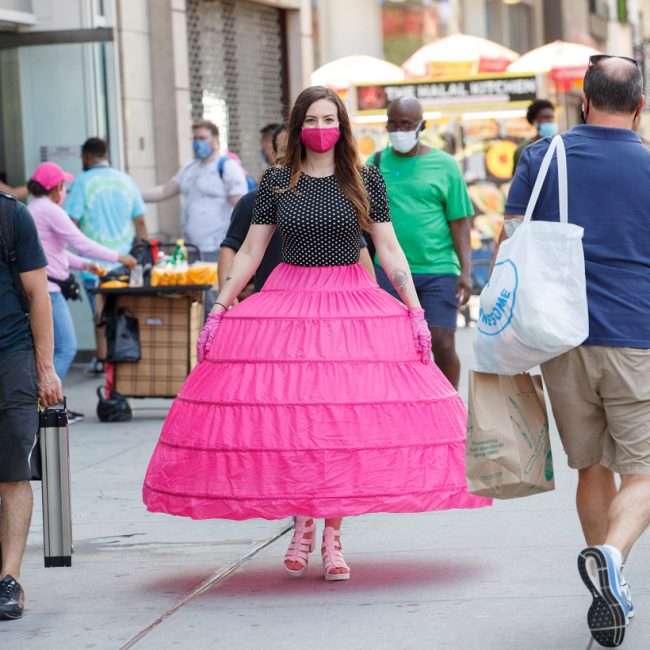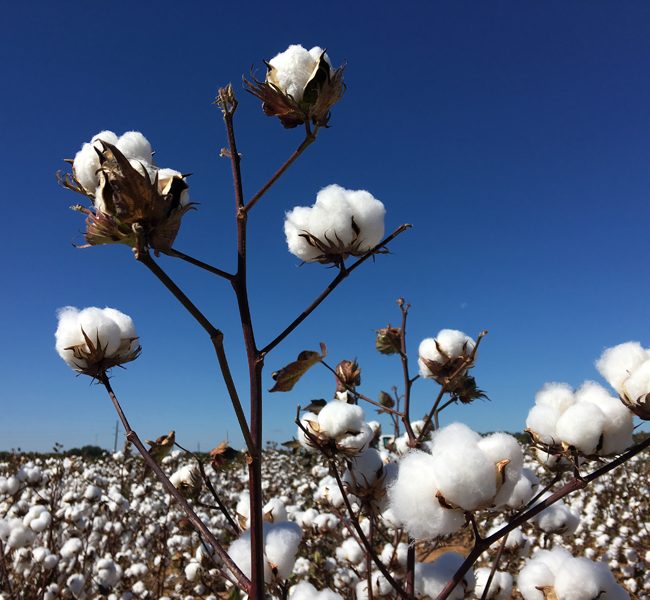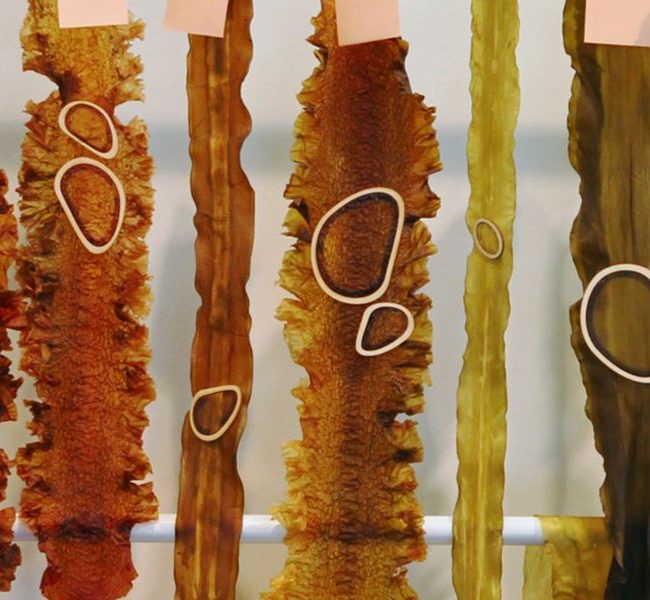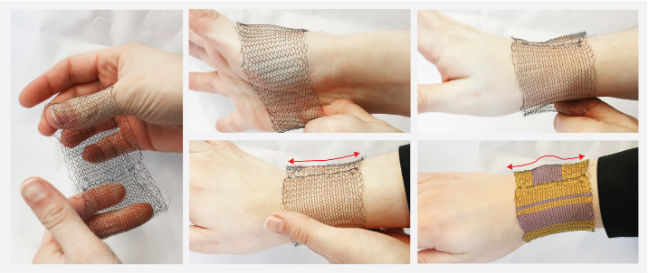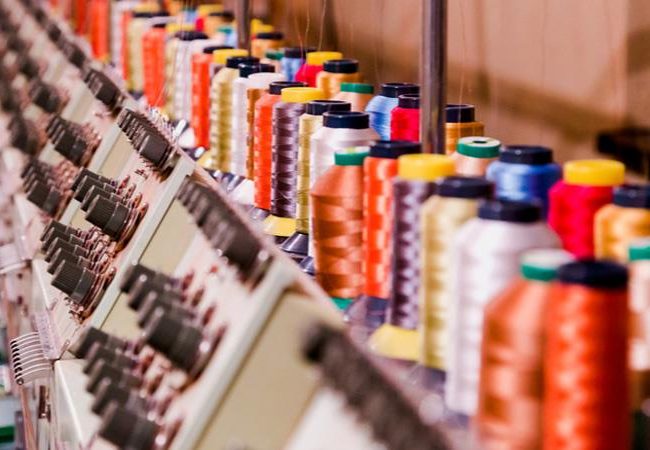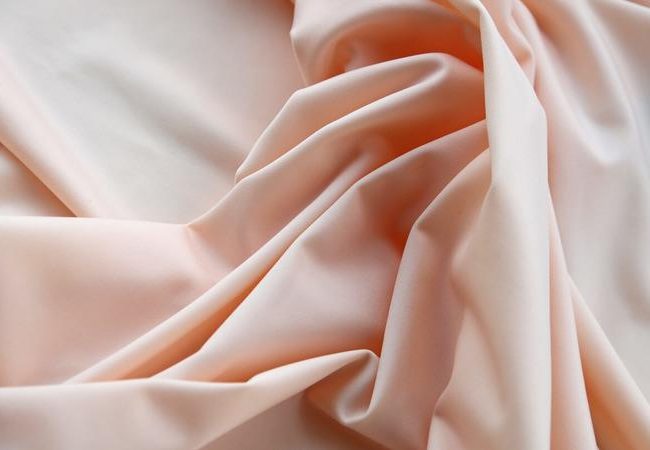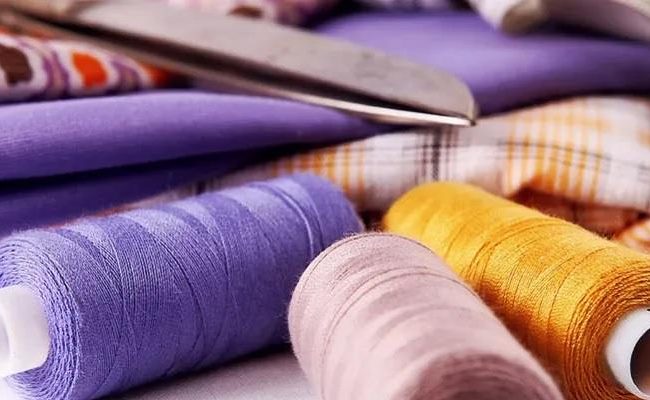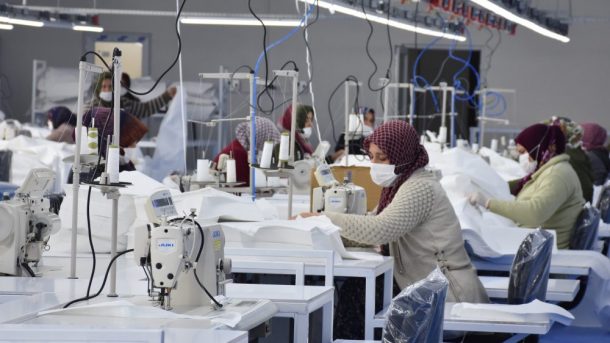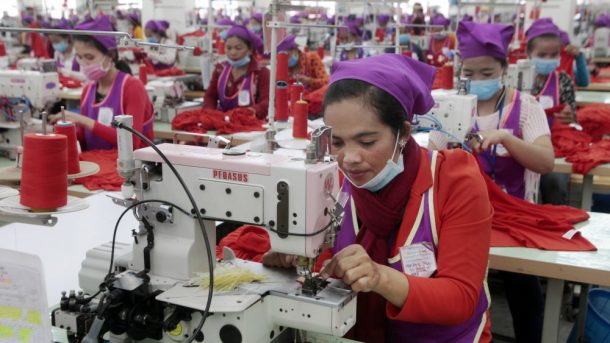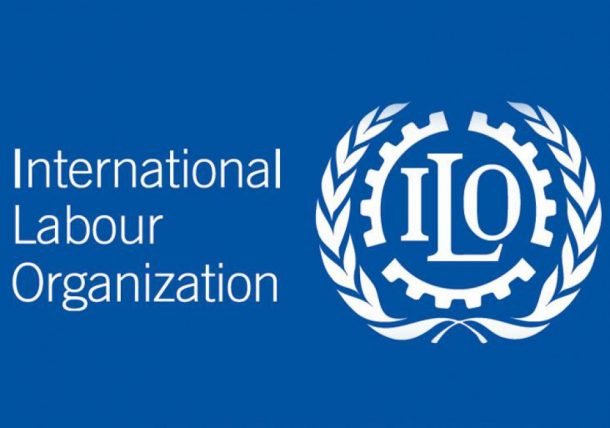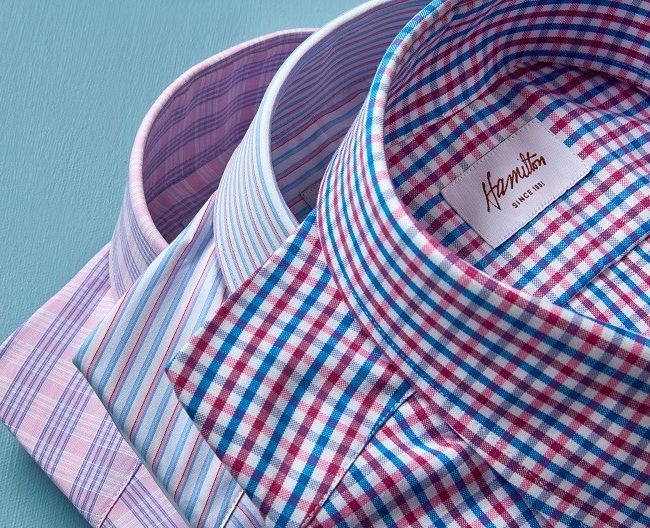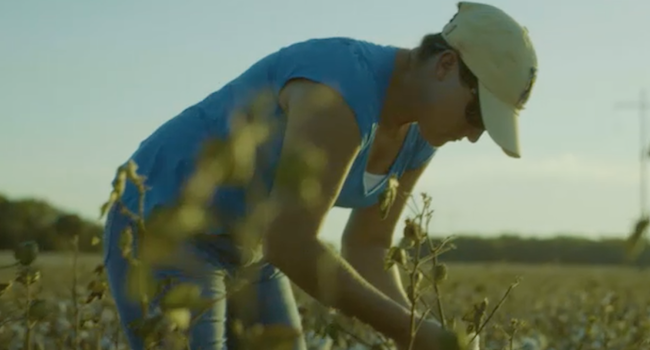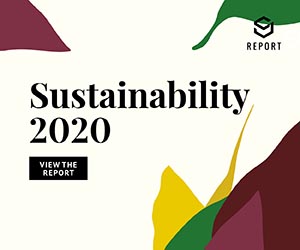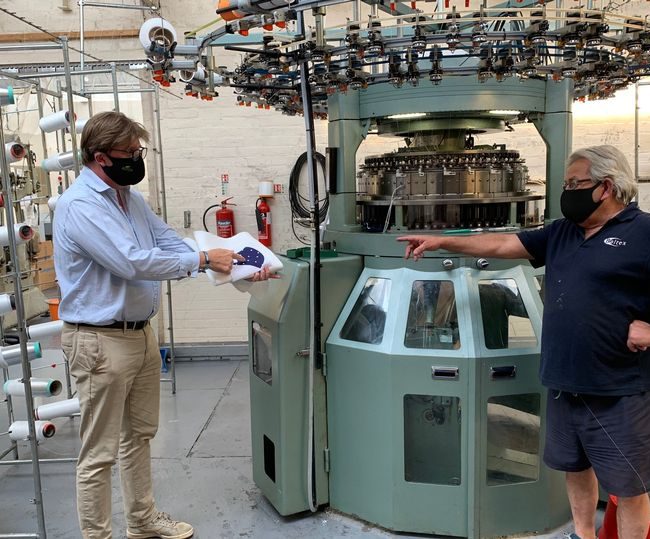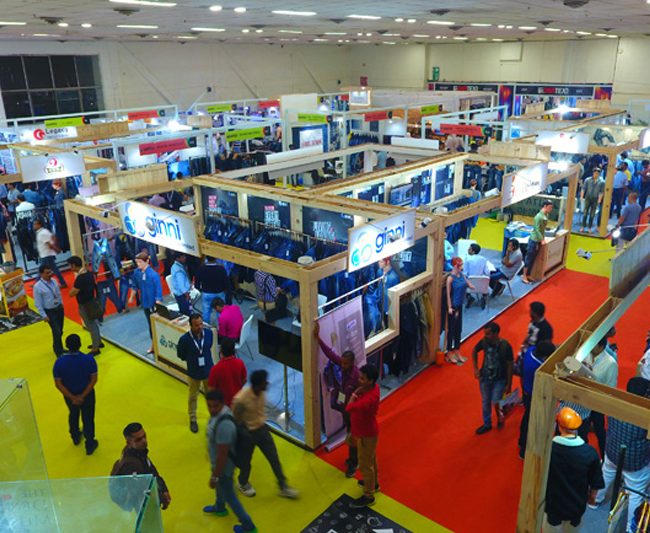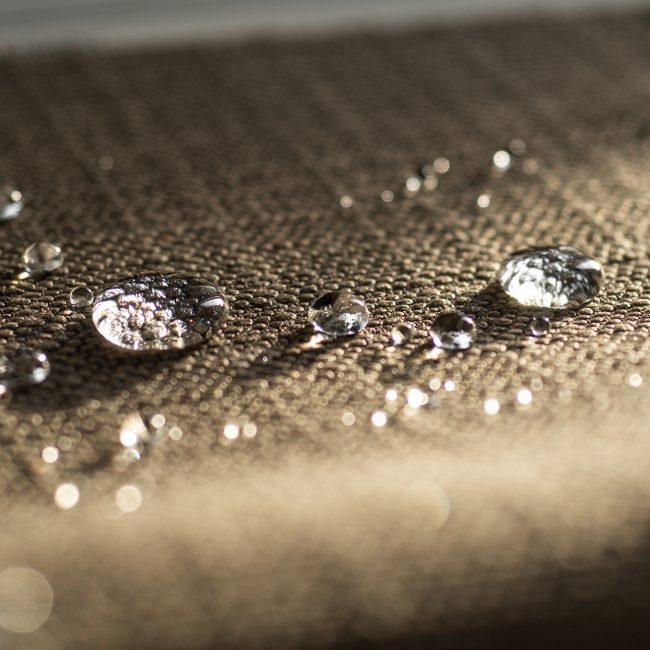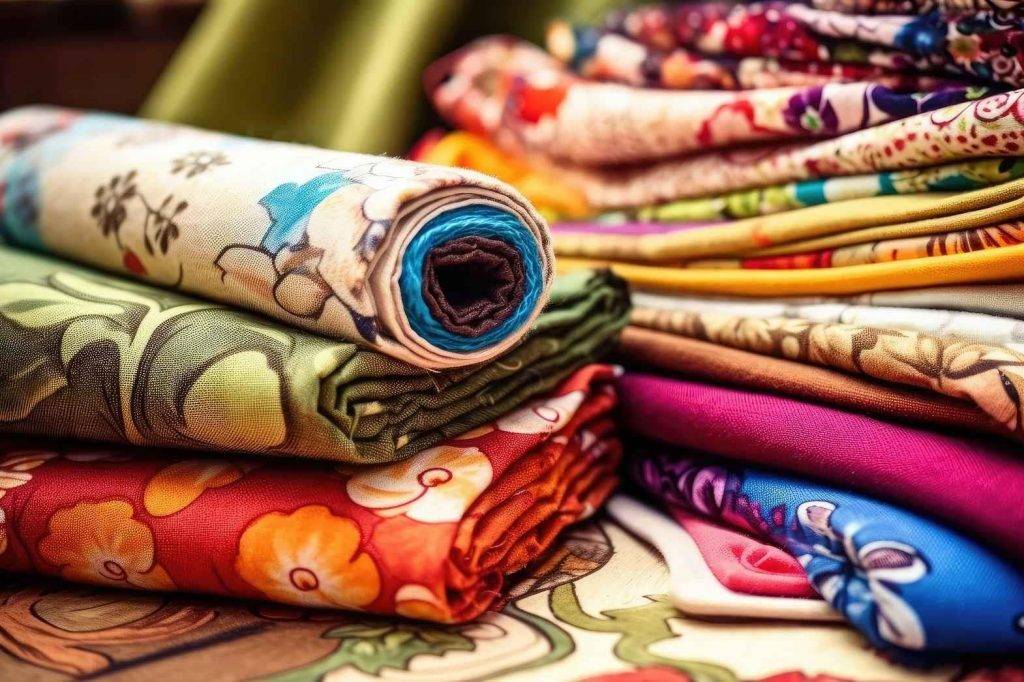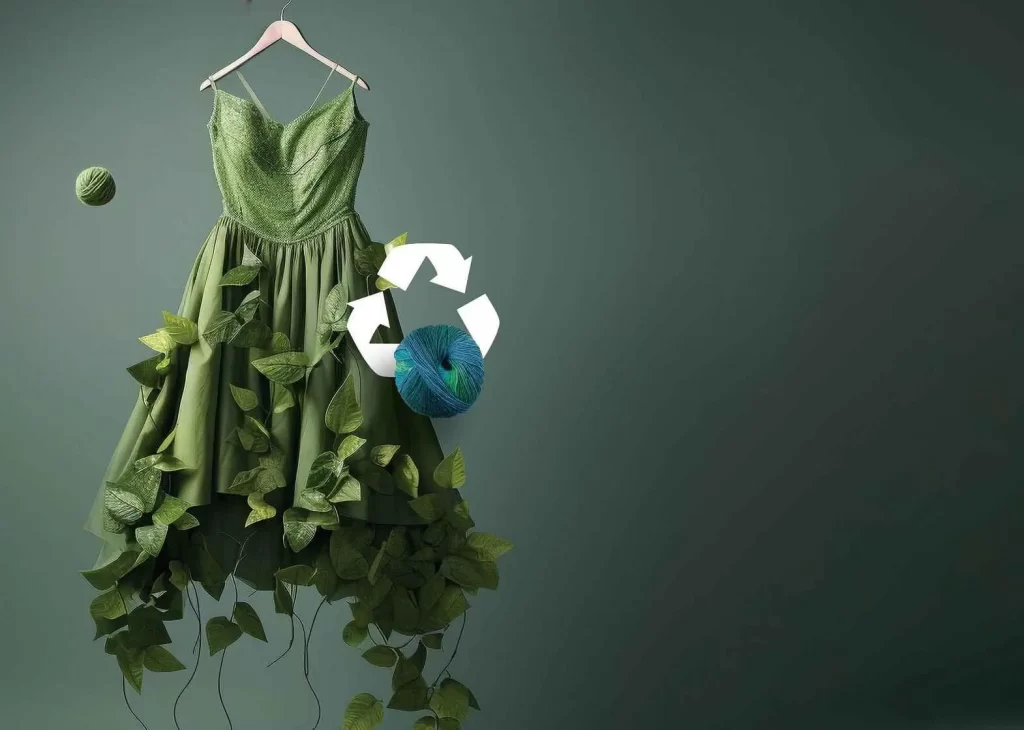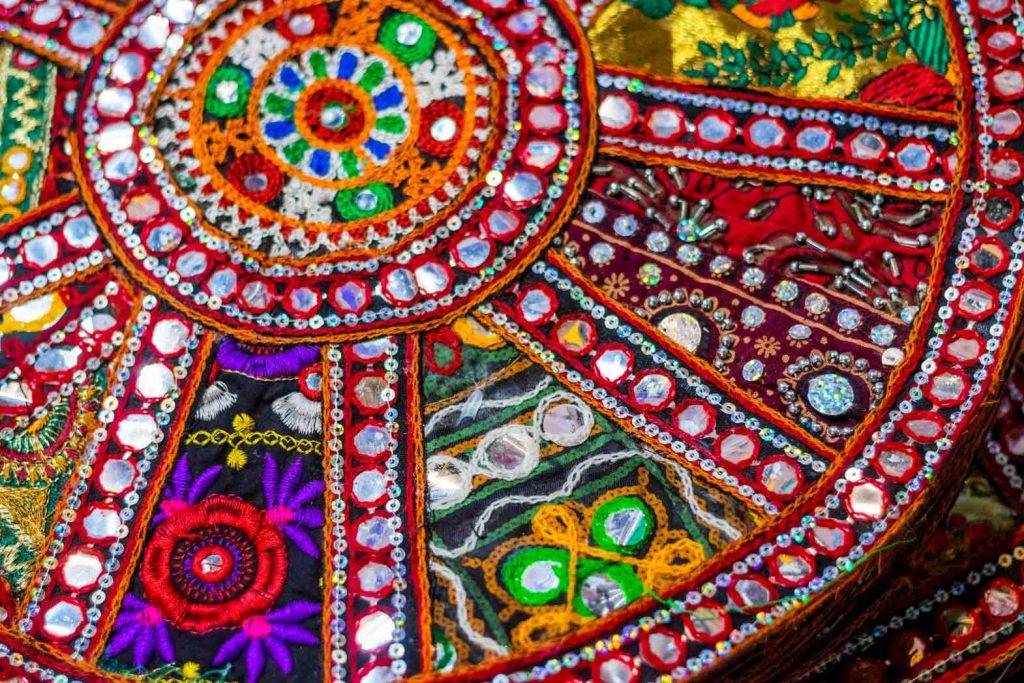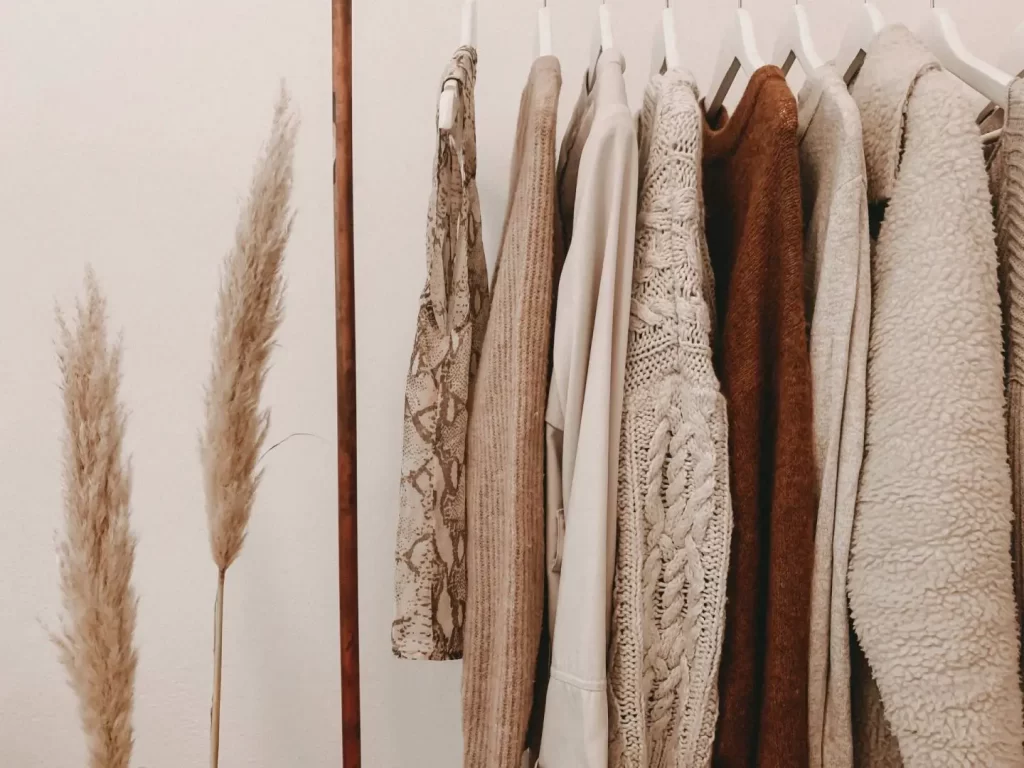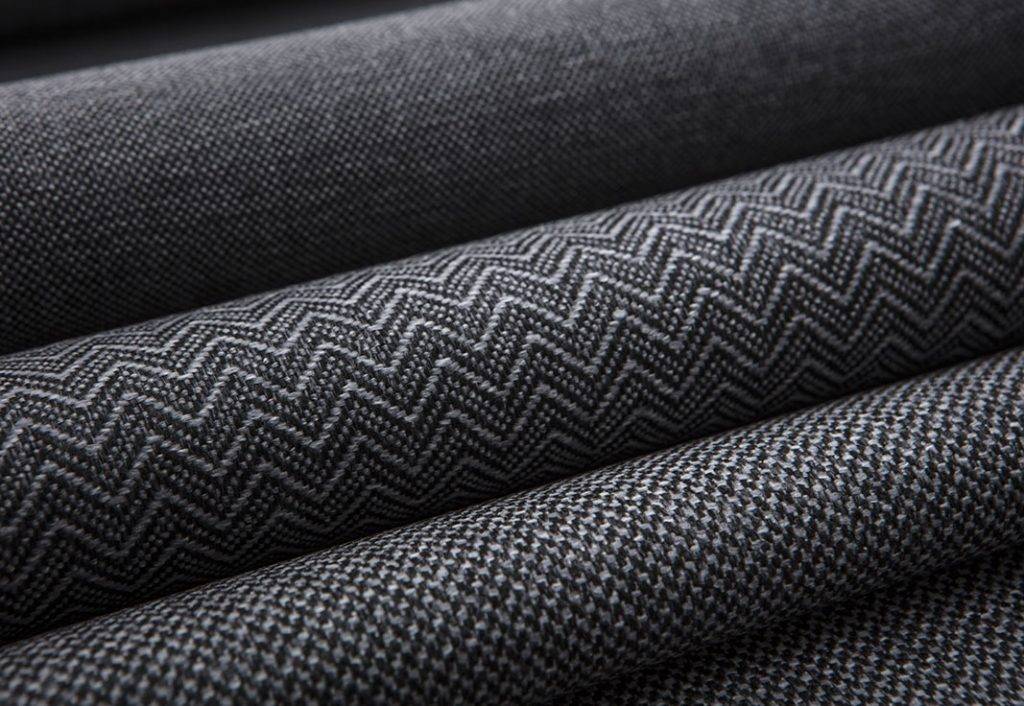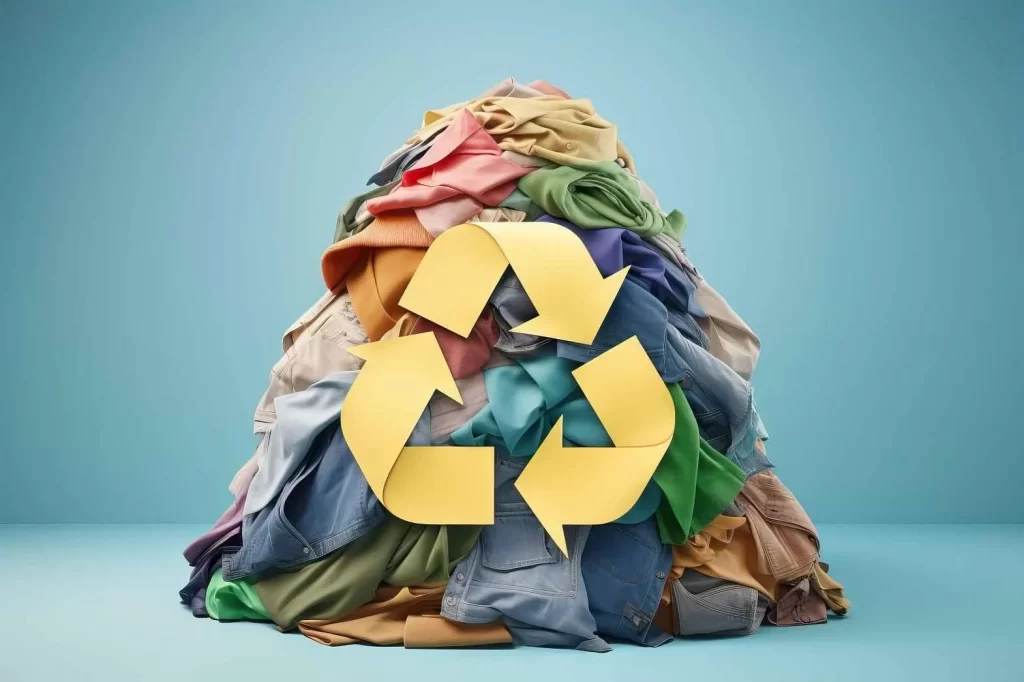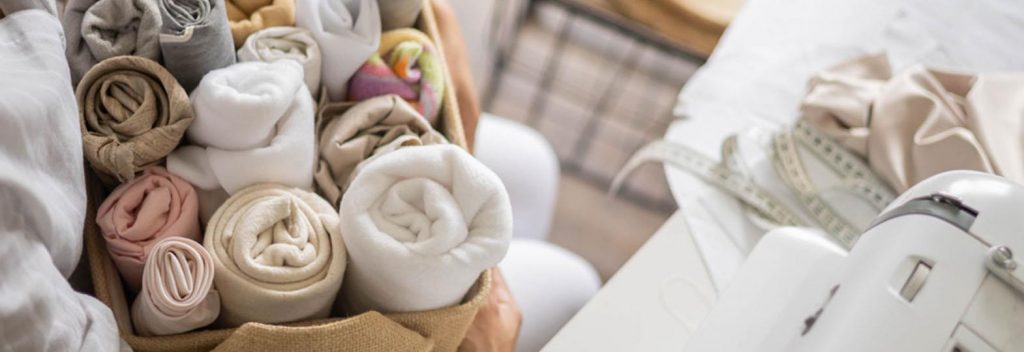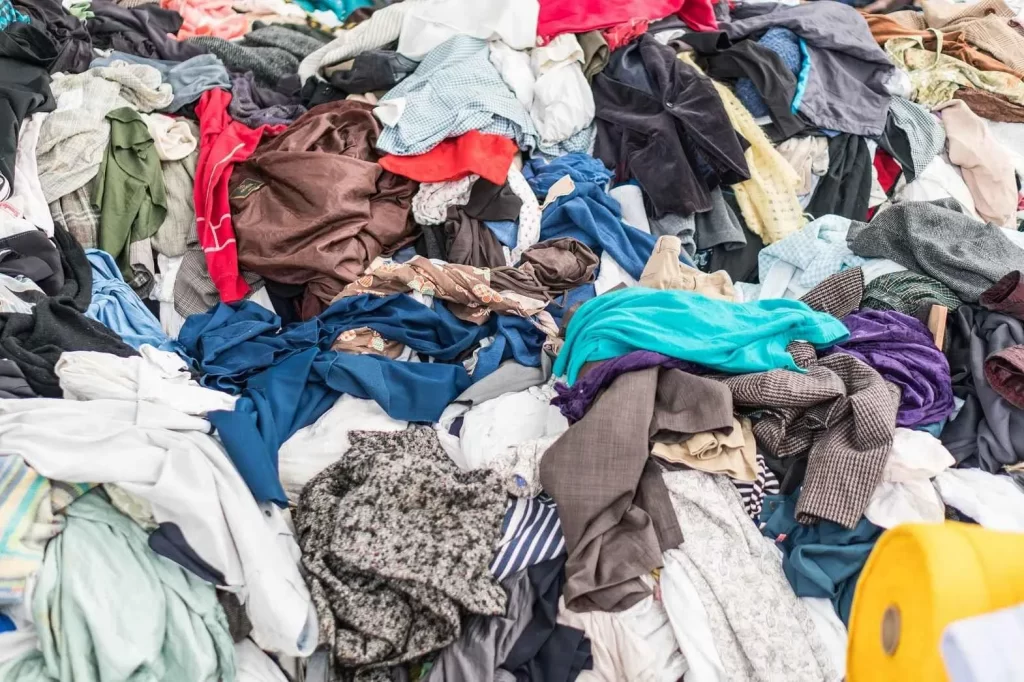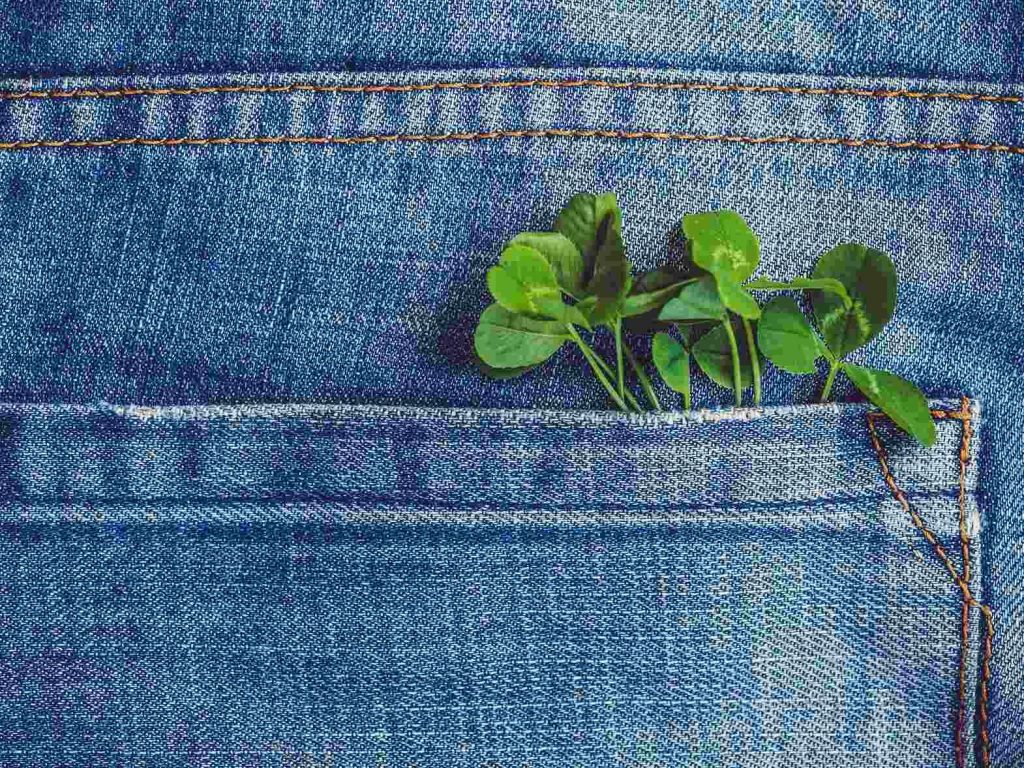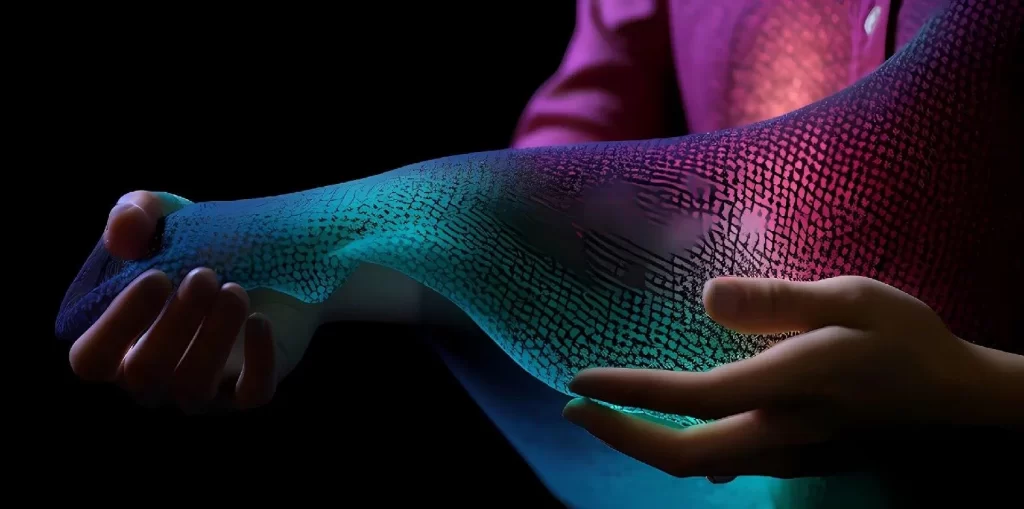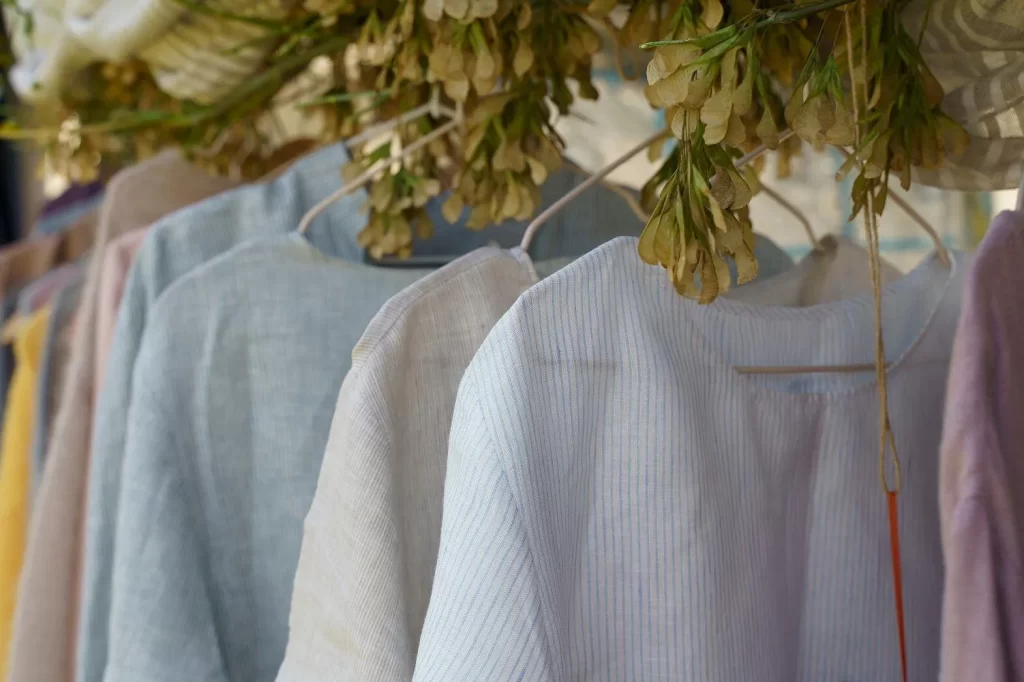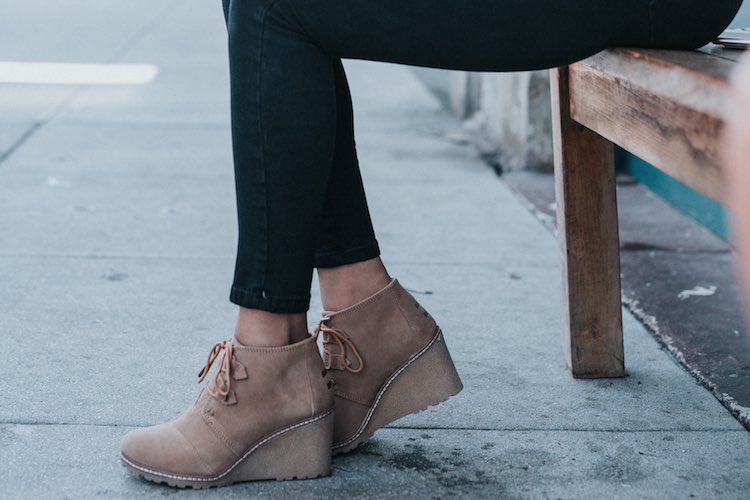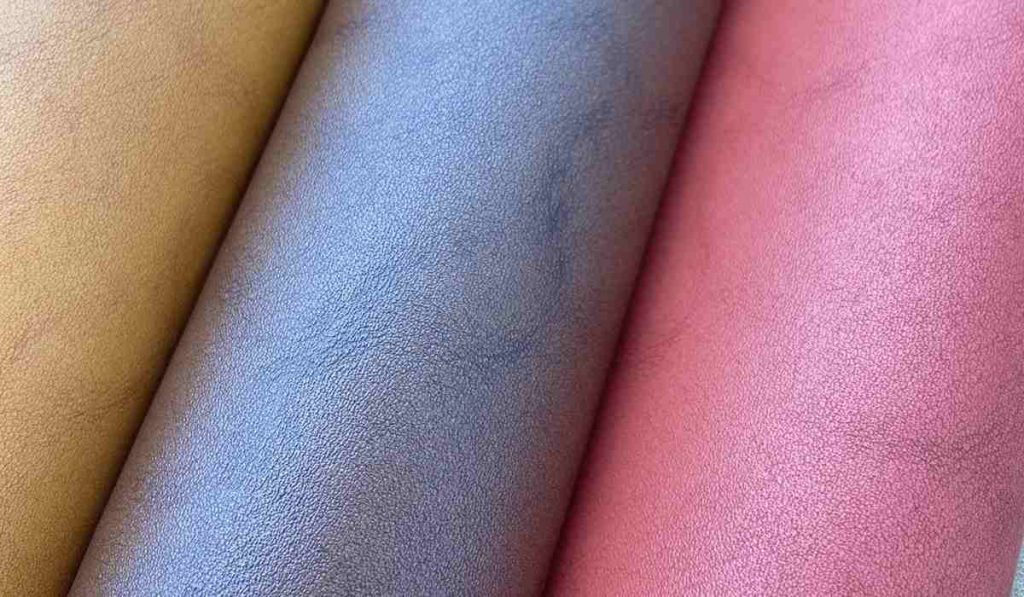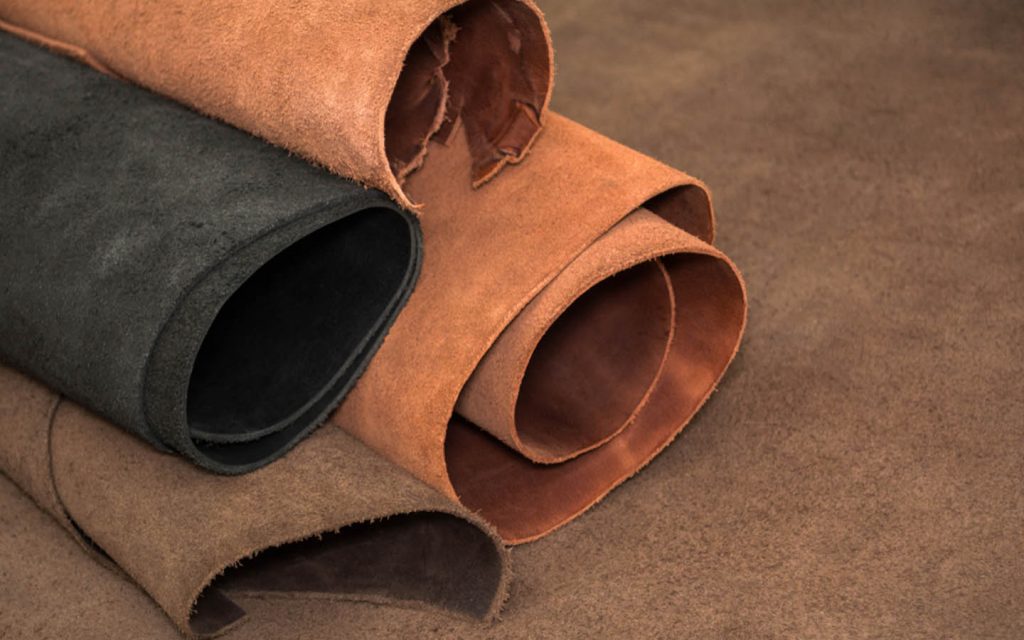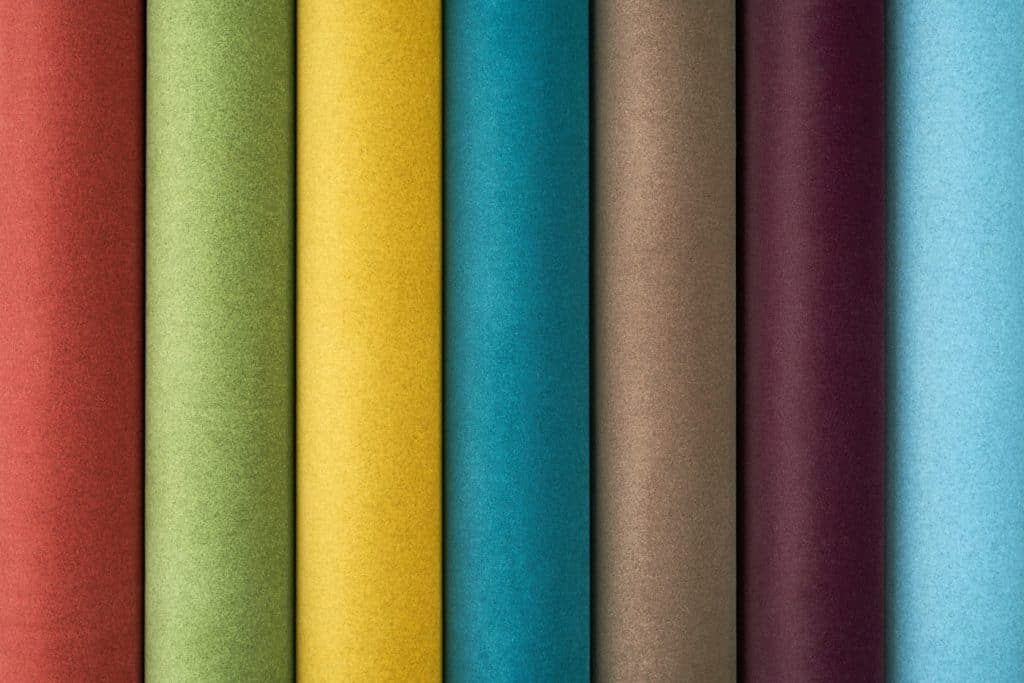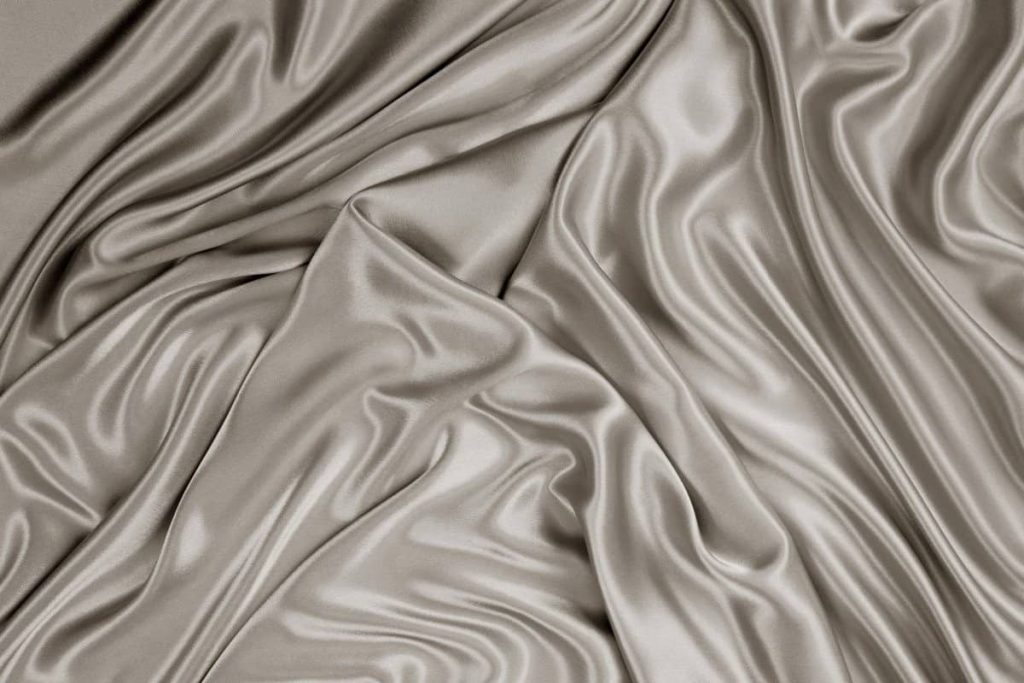What Is Organza Fabric?
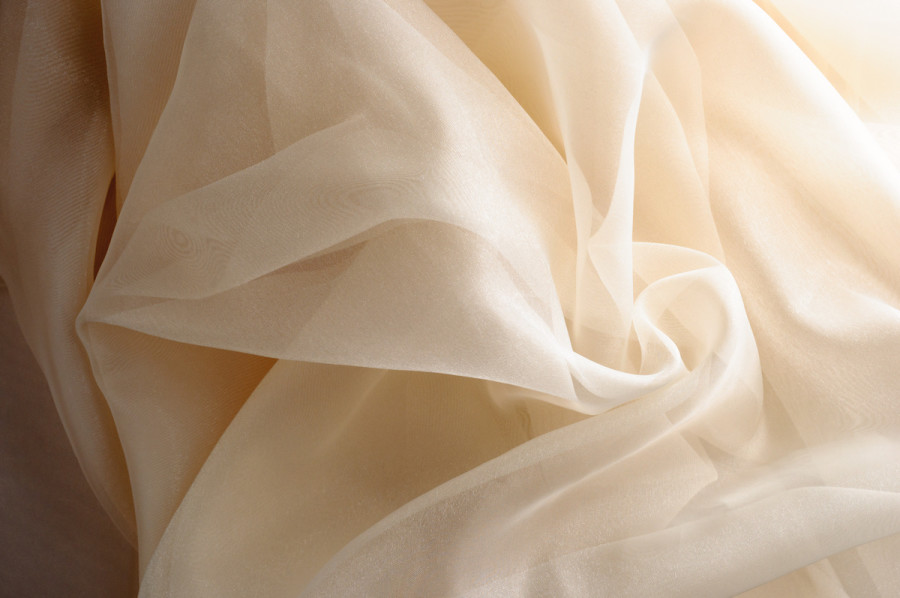
Organza is a type of lightweight plain weave fabric. This type of fabric is sheer, which means that it is woven in an extremely low density that results in a transparent and relatively flimsy textile. Due to its transparency and high breathability, organza fabric is commonly used to make garments that overlay thicker types of apparel, and it is also occasionally used to make a variety of different types of household textiles.
What Is Organza Fabric?
In the past, organza was exclusively made from silk. However, the advent of fully synthetic fabrics, such as polyester and nylon, has made it possible to craft this textile from other base materials. Due to its incredibly delicate nature, organza fabric cannot be washed in a washing machine. Instead, it’s necessary to wash this type of fabric by hand, and many consumers prefer to have their organza dry cleaned.
Organza is a plain weave fabric. Both the warp and the weft threads, which are the two opposing threads that are woven together in the process of fabric weaving, in this fabric are the same size, and they have the same number of picks per inch as ends per inch. Since organza is so lightweight, its quality is measured in terms of holes per inch (HPI) rather than thread count. To obtain this measurement, the number of holes in every square inch of this fabric are counted, and the higher the HPI rating, the better the quality of the organza fabric.

Two Tone Sheer Organza Dress Fabric
The term “organza” is related to the word “organzine,” which, in contemporary times, refers to any type of silk thread that is made with a simple twist spinning method. Like most other silk garments, organza originated in the area following the Silk Road, which was an ancient network of trading routes that stretched from China to Europe. However, both the terms “organza” and “organzine” are not derived from any Chinese dialect; instead, these words are derived from “Urgang,” which was the name of a town in the Turkestan region that was home to one of the most popular silk markets of the ancient world.
During the Middle Ages, Westerners adapted the word “Urgang” to various regional variations of the term “organza,” and the term “organzine” was employed to refer to the spinning method used to make the threads used in this fabric. For centuries, organza has been used in the West as a material for wedding gowns, evening wear, and other applications in which a lightweight and semi-transparent fabric is desired.
Since organza is so thin and lightweight, it is highly susceptible to damage. Avoid catching organza textiles on snags, and make sure to wrap it in a protective substance, such as muslin, when it is in storage.
How Is Organza Fabric Made?

The production process used to make organza fabric varies depending on the type of material from which this substance is made. If this fabric is made from polyester, for instance, it is synthesized in a lab from entirely non-organic components. The polyester production process involves the refining of petroleum oil into a textile yarn, and quite a few different machines and chemicals are used throughout this process.
The production of silk, however, is a purely organic process that does not use any synthetic chemicals. This material is derived from silkworms, which naturally produce silky cocoons. These cocoons are then boiled or immersed in hot water, and they are then “reeled” or unraveled to render them into strings of fiber.
The organza production process is, however, uniform after the point where a finished textile yarn is produced. Whether silk or synthetic fibers are used, the next step in making organzine is to twist two fibers in contrary directions. When these fibers are then put together, they naturally cling to each other due to opposing kinetic forces.

Organza Fabric Bolt
Before the resulting yarn is spun into fabric, it is combed and treated with acid, which increases its stiffness. This stiffness is one of the main defining factors that differentiates organza from other silk garments, and this acid treatment process may not be necessary for polyester or nylon fibers, which are already relatively stiff.
For a type of silk or synthetic fabric to be considered organza, it must be woven in a certain way. Factors such as seam appearance, seam stiffness, and seam pucker must be carefully incorporated, which means that most organza fabric is still woven by hand. While it’s possible to weave this fabric with a machine, the resulting textile product is low-quality.
How Is Organza Fabric Used?

One of the most common applications of Organza in the West is in wedding dresses. These types of dresses often have numerous folds and fluffy areas that are created with sheer fabrics, and organza is a premier choice for these areas. In most cases, organza for wedding dresses is dyed bright white, but it may also be dyed in a number of other colors.
This fabric is commonly used in evening wear, which also frequently emphasizes ruffles and complex folds. One type of evening wear in which organza is especially popular is called an “overlay,” which is a type of shawl that is put on top of a dress or another type of garment. Overlays commonly bear complex patterns that are brightly colored.
Organza fabric may also be used in stage costumes, and it is commonly used in underskirts and specialty dancewear like tutus. Beyond the world of apparel, this type of fabric may also be used to make curtains, lampshades, or other forms of interior decor.
Where Is Organza Fabric Produced?

Being a silk fabric, the predominant area of manufacture for organza used to be East Asia. Various cultures in modern-day India and China produced silk thousands of years ago, and this fabric is still widely produced in these Asian nations. Silk was seen as such a valuable commodity that an entire trading route sprang up due to its existence, and the only organza to be found in Europe during the Middle Ages and Renaissance periods came down the Silk Road.
In recent years, silk production has also begun in a variety of nations around the world, but the biggest producers and exporters of this fabric remain China and India. In particular, organza yarn is produced by a number of textile mills in the vicinity of the Yangtze river, and this type of yarn is also produced in the Zhejiang province of China.
A coarser form of organza yarn is spun in the Bangalore region of India, and in some cases, this yarn may be spun into fabric in the same area where it is produced. Most of the time, however, organza yarn is exported to major factories in China, Pakistan, Indonesia, or Bangladesh to be formed into garments that are then sold to consumers all over the world.

Snowflake Sparkle Organza Fabric
When organza fabric is made from materials other than silk, however, the story of this fabric’s production changes dramatically. Both polyester and nylon were originally developed in the United States, and to some degree, these materials may still be spun into organza yarn in this Western nation.
It’s much more common, however, for these synthetic fabrics to be made in China. The hundreds of textile companies in this Asian country produce the vast majority of the world’s polyester, and China is also the leading exporter of nylon. When these materials are made into organza yarn in China, they are most commonly also made into finished textiles in this country.
How Much Does Organza Fabric Cost?
The price of organza fabric is dependent on the type of textile that is used to make this fabric and a variety of market factors. While the global supply of organza fabric is relatively stable, this fabric is seen as a niche textile, which may drive prices higher than the cost of the actual material warrants.

A lIttle Robin in an Organza Fabric Jar
In addition, silk organza is much more expensive than types of this fabric that are made with other materials. Whichever context it is used in, silk is one of the world’s most expensive textiles, but it is also one of the most luxurious and environmentally-friendly fabrics.
There’s no getting around the laborious nature of the production of silk, however, which means that the price of this fabric will remain high. Nylon and polyester, by comparison, are relatively cheap, and purchasing organza fabric made from either of these substances shouldn’t incur costs significantly greater than those associated with any other type of fabric made from these synthetic textiles.
What Different Types of Organza Fabric Are There?

Organza fabric is made with a variety of different materials, and there are also quite a few variations of this type of fabric:
• Material variations: This type of fabric was originally made from silk, but in modern times, it is more common to find organza fabric made from polyester or nylon.
• Spark organza: This fabric subtype is named for the bright sparkles that are included in its weave.
• Crystal organza: This type of organza fabric does not have any noticeable sparkles, but it does shimmer.
• Pearl organza: This subtype is named for its pearlescent color, and it also has a shine that makes it similar to the appearance of real pearl.
How Does Organza Fabric Impact the Environment?

Floral organza fabric by Sahsa Tekstil
The environmental impact of organza fabric depends on the type of material that is used to make this type of textile. Rather than referring to a certain type of material, “organza” simply refers to a weaving pattern, and the types of materials that are used to make this fabric have varying relationships with the environment.
Synthetic fabrics like nylon and polyester, for instance, are widely understood to have significantly negative impacts on the environment. Both of these materials are derived from petroleum oil, which is a non-renewable natural resource. Large amounts of energy and manpower are expended in the process of acquiring petroleum oil, and a variety of toxins are released into the environment when crude oil is refined into a substance that can be used in the textile manufacturing process.
The process of converting refined petroleum oil into nylon or polyester introduces further toxins into the environment, and this process may also harm workers. Worst of all, fabrics derived from petroleum are not biodegradable; long after products made from silk, cotton, and other organic fabrics have been reclaimed by the environment, petroleum-based fabrics will continue to block waterways and release environmental toxins.
The production of silk, however, is environmentally sustainable. This fabric is derived from the cocoons of silkworms, which are small insects that live out their life cycles on mulberry trees. Silkworm larvae eat mulberry leaves, which are grown without any need for pesticides or fertilizers, and once they have matured to the required degree, they from cocoons out of silk. These cocoons are then harvested by silk workers.
Animal rights activists may take issue with silk production since the manufacture of this textile requires that silkworms be boiled alive. However, no toxic substances or non-biodegradable materials are released into the environment at any stage of the silk production or use process, which makes this textile superior to synthetic fabrics from an environmental perspective.
Organza Fabric Certifications Available

If organza fabric is made from synthetic materials, such as nylon or polyester, the only types of certification available would be from organizations such as the Global Recycle Standard (GRS), which awards certifications to products that can be verified as being made from 100 percent recycled materials. Since these materials are made entirely from synthetic components, it is impossible to have them certified as organic or non-GMO.
Organza made from silk, however, can be certified as organic by a number of organizations. The Global Organic Textile Standard (GOTS), for instance, is a world leader in organic textile certification, and it may also be possible to have silk organza fabric certified by the United States Department of Agriculture (USDA). In addition, certain types of silk that have been produced in India may be eligible for Silk Mark certification, which is only awarded to manufacturers who use safe and sustainable silk manufacturing processes.
